...And if there's anything better than free comics, it's an entire day devoted to free comics! Linda Layne reminded me earlier today that this coming Saturday, May 3rd is Free Comic Book Day. I don't know about you, but when someone mentions "free" and "comic book" in the same sentence, I get kind of excited. However, before you rush out to your local comic book shop and begin emptying their racks into a large hockey bag, you might want to take a minute or two to find out how to get ready. The above video is a good place to start, and they're currently showing it on the mediabistro site. As well, Linda gave me some excellent links to share with you. One is to the Free Comic Book Day Store Locator, while the other will get you ready to go with everything you need to know for a successful Saturday. Those interested in why we have such a thing as Free Comic Book Day will want to check out the following mini-documentary: Let us know if you have a really cool experience on Free Comic Book Day. If so, we'd love to blog about it for our readers!
0 Comments
Some Amazing Inventions by Some Amazing Students... As an organization that has a passionate interest in visual narrative in education, and a love of all things that marry visual art with the written word, we're over the moon with the Doodle 4 Google contest. Cedar Creek Publishing sent me a tweet this morning about it and I went to the site to check out the artwork. Talk about phenomenal! All of the entrants should be immensely proud of their work. The contest is divided into grade categories and has students redesigning the Google logo. Here are the rules for this year's contest, courtesy of Google! This year's theme: Okay, okay ... so who did we vote for? There were so many wonderful illustrations, but these are the ones that Comics in Education voted for! My Time Machine (K-3 Category) |
| | With time winding down to TCAF, please consider lending your support! There's a Kickstarter on the go right now that really needs your support. It has less than two weeks remaining before it comes to a close, and requires additional funding in order to reac its goal. The 10th Annual Doug Wright Awards are once again part of the Toronto Comic Arts Festival, but as Brad Mackay writes, these awards need financial support from the public to be done in the manner they deserve. For those of you unfamiliar with the Doug Wright Awards, they are given to Canadian creators of comics in a celebration of excellence that honours the best comics and graphic novels the country has to offer. Here's how Brad describes it. |
Founded in 2005, The Doug Wright Awards were established as a way to honour the legacy of the iconic Canadian cartoonist Doug Wright (1917-1983) by publically recognizing the best in Canadian comics and graphic novels. Wright, whose strip Doug Wright’s Family graced newspapers from the late 1940s to the early 1980s, was arguably the most recognized Canadian cartoonist of the mid-twentieth century. A proud Canadian, Wright managed to reflect the aspirations and anxieties of a generation through his wordless panels.
Although Canada has long been fertile ground for comics, the non-profit Wright Awards quickly became a way to bring wider recognition to the art form while fostering a larger sense of community.
As a regular reviewer of comics and graphic novels, many written by my fellow Canadians, I know how talented and deserving of recognition this group of nominees and award-recipients will be. Thanks for your support!
by Glen Downey, Comics in Education, www.comicsineducation.com
Never underestimate what the visual can do in planning a major writing task
It's easy to dismiss pictures and drawings as something that we dabbled in as children, and that now, as serious adult writers, we should get on with the business of words, words, words. This attitude presupposes, however, that words and images should not mix, and it goes back to our previous discussions about the differences and discrepancies in attitudes towards literature, visual art, and the combination of the two (i.e. visual narrative).
When it comes to planning out a major assessment task, like the International Baccalaureate's Extended Essay--a piece of persuasive prose that is 4000 words long--have a look at what a student at The York School did in planning out her paper on the character of John Watson in the Sherlock Holmes stories. The great thing about the visual here is not that it simply beautifies the planning process. Rather, it gives the student an opportunity to mull things over as they write, create, make connections, and attempt to articulate an approach to the essay.
The next time you have students engage in a visual brainstorming activity, get them to consider what they are thinking in the moments when they are "merely" drawing. Chances are they are thinking about a wealth of different ideas and considering how to make additional connections among them.
Their doodling, after all, is just the hand's way of expressing how hard at work the brain really is.
When it comes to planning out a major assessment task, like the International Baccalaureate's Extended Essay--a piece of persuasive prose that is 4000 words long--have a look at what a student at The York School did in planning out her paper on the character of John Watson in the Sherlock Holmes stories. The great thing about the visual here is not that it simply beautifies the planning process. Rather, it gives the student an opportunity to mull things over as they write, create, make connections, and attempt to articulate an approach to the essay.
The next time you have students engage in a visual brainstorming activity, get them to consider what they are thinking in the moments when they are "merely" drawing. Chances are they are thinking about a wealth of different ideas and considering how to make additional connections among them.
Their doodling, after all, is just the hand's way of expressing how hard at work the brain really is.
by Glen Downey, Comics in Education, www.comicsineducation.com
A Way to Say Thanks for Visiting Comics in Education!
As a thank-you to all of the wonderful visitors to our site, Comics in Education has put together a two-page visual brainstorming of Shakespeare's writing career. This exercise in visual note-taking takes us from his crazy initial offering of something like Titus Andronicus to the maturity of plays like Winter's Tale and The Tempest.
Teachers are free to make copies and distribute to students who are dealing with the challenges of knowing Shakespeare and his work better. And feel free to share with colleagues as well. Hope you enjoy the scribbles: I've attached them here both as jpegs and as a pdf file.
Teachers are free to make copies and distribute to students who are dealing with the challenges of knowing Shakespeare and his work better. And feel free to share with colleagues as well. Hope you enjoy the scribbles: I've attached them here both as jpegs and as a pdf file.
by Glen Downey, Comics in Education, www.comicsineducation.com
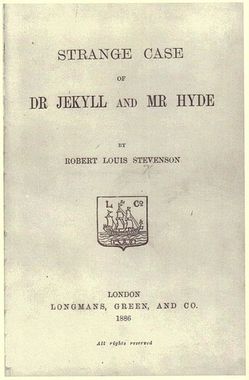
We've taken a look so far at a number of examples of how visual narrative can be adapted to brainstorming and note-taking in order to allow us to take the non-linear ideas in our head and put them down in a way that makes sense to us. A neat application of this is when we are researching, note-taking, and brainstorming in the area of literary onomastics: the study of names and naming in literature. An activity like visual brainstorming, especially when accompanied by a good dictionary, can produce some pretty great results. Take, for instance, one of the most fascinating novellas of the 19th-century, Robert Louis Stevenson's The Strange Case of Dr. Jekyll and Mr. Hyde.
(Your students might be amused by this animated version of Stevenson's story -- from Australia -- that came out exactly 100 years after the novel).
(Your students might be amused by this animated version of Stevenson's story -- from Australia -- that came out exactly 100 years after the novel).
Here's what a quick visual brainstorm can help us to see in the novel with respect to the significance of the names that Stevenson uses. It doesn't appear to be happenstance that he chose "Jekyll" and "Hyde" for his central characters...er...character.
Give me a dictionary and the freedom to brainstorm in this manner and it quickly becomes apparent how relevant names and naming are to Stevenson's novel. Even if some of the associations seem like a stretch, it's the freedom to make these associations in this early phase of the researching and pre-writing process that will yield results for our students later on. The problem with a graphic organizer in this instance is that it suggests to the student that there is an expectation about what they must produce. With such an expectation in mind, they can find it challenging to think outside the box.
After all, in a graphic organizer we've already put the box there...
After all, in a graphic organizer we've already put the box there...
by Glen Downey, Comics in Education, www.comicsineducation.com
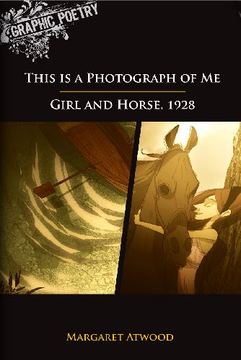
Of all the series I have worked on, I have a special place in my heart for the 21 volumes of Graphic Poetry. Published by Rubicon / Scholastic, the series went on to win two major awards, including the 2010 Textbook Excellence Award from the Text and Academic Authors Association and the 2011 Teachers' Choice Award from Learning Magazine.
I'm especially fond of one title in the series: Margaret Atwood's "This is a Photograph of Me" and "Girl and Horse, 1928," probably because I teach a unit on Atwood's poetry to Grade 11 students in the IB program at The York School in Toronto.
For the Atwood unit, we study recurring motifs and themes in her poetry, with a culminating assessment that involves students creating a visual piece that speaks to the same motifs and themes we explore in her poetry.
I'm especially fond of one title in the series: Margaret Atwood's "This is a Photograph of Me" and "Girl and Horse, 1928," probably because I teach a unit on Atwood's poetry to Grade 11 students in the IB program at The York School in Toronto.
For the Atwood unit, we study recurring motifs and themes in her poetry, with a culminating assessment that involves students creating a visual piece that speaks to the same motifs and themes we explore in her poetry.
When my student, Kersti, got up to do her presentation, I was exceptionally impressed by how she was able to capture the spirit of "Girl and Horse, 1928" in a wonderful painting she did. Her explanation of the choices she made in putting the piece together were equally impressive.
I have to admit that I was a wee bit pleased with myself for having shown the class the adaptations of Atwood's poetry in the above volume from the Graphic Poetry series. The projects they produced, like Kersti's, were so excellently done and I figured that they were inspired in part by seeing how poetry can be successfully married with visual art.
However, what happened on a subsequent assignment absolutely floored me. Kersti chose to interpret Atwood's "Flying Inside Your Own Body," a poem that discusses the freedom a woman enjoys when she dreams and the rather terrifying reality she inhabits when she awakens. When Kersti stood up, this is what she showed us
However, what happened on a subsequent assignment absolutely floored me. Kersti chose to interpret Atwood's "Flying Inside Your Own Body," a poem that discusses the freedom a woman enjoys when she dreams and the rather terrifying reality she inhabits when she awakens. When Kersti stood up, this is what she showed us
"Okay," I thought. "She's managed to capture something of the final part of the poem. The restrictive, claustrophobic, isolating world that women can experience when they wake to discover the dream of flying inside your own body is illusory. "But what about the dream? What about the freedom and the joy that's described at the start of the poem? Where are they?"
Then, to the surprise of everyone, she opened the painting...
Then, to the surprise of everyone, she opened the painting...
That's right... She opened it. And there, inside, was the speaker of Atwood's poem. Kersti's explanation of the choices she made in her interpretation were brilliant--the tattoo, the necklace, the symbolic touches in the background--and students couldn't stop complimenting her on her work.
So, this is why we teach visual narrative in the classroom. This is why we celebrate it...
...And this is why I started a website called Comics in Education.
So, this is why we teach visual narrative in the classroom. This is why we celebrate it...
...And this is why I started a website called Comics in Education.
Are You Still Fond of the Good Old Blackboard? For Visual Learners, the New One is Better!
4/18/2014
by Glen Downey, Comics in Education, www.comicsineducation.com
Course Management Software Can Provide a "Visual Narrative" for Your Course
The next time you have students get up to write something on the board, consider whether or not the board should come to them. Course management systems like Blackboard(TM) don't just have to be a repository of files and folders. They can come alive for students with just a little bit of organizing on the part of the instructor. Here are some helpful tips for getting the most out of your course management system.
1. Be Visual with Your Lesson Plan
The above schematic is very appreciated by students and doesn't require as much effort as you might think.: a basic template in word (inspired by caption boxes from comics) and a few minutes of Photoshop Elements are the sole requirements. Put these as the readable and/or clickable images of your course management system or class website and you can expect that students will actually read and appreciate them -- especially when the rest of the site is likewise visual.
2. Go Multimedia
In teaching a unit on Jon Krakauer's Into Thin Air, it's a great idea to show students the kinds of things in popular culture that Everest has inspired. Being terrified of roller coasters (kind of an Everest for me which I managed to conquer last summer), I was only too happy to share with students this POV video on YouTube that's embedded right into my Blackboard site.
I like to follow that up, though, with something they find a great deal more serious (and thoroughly compelling, by the way). The trailer for Frontline's documentary, "Storm over Everest."
I like to follow that up, though, with something they find a great deal more serious (and thoroughly compelling, by the way). The trailer for Frontline's documentary, "Storm over Everest."
The ability to embed YouTube videos into Blackboard is such a valuable feature, allowing students to be inspired right on the page where the day's lesson is posted.
3. Allow Students to See Themselves on Your Class Site
Appealing to visual learners doesn't just involve teachers posting their artwork to course websites. These students also want to see their ideas come to life as well in their own writing. Here's an example of a consolidation feature that I put at the end of the day's lesson on Blackboard. Often, I do the consolidating, but in this instance a student has reflected. Here, the student shares what he learned from a TEDx Talk by J. F. Carrey, a Canadian who became the youngest at the time to climb Everest:
First the video...
Then the reflection...
So try and bring the visual into your lesson planning, especially if you have a website or course management system. It can really make your lessons come to life for 21st-century learners!
If You Weren't a Martian-Lover Before...
4/17/2014
by Glen Downey, Comics in Education, www.comicsineducation.com
If you're wondering what the next Kickstarter project you should fund is, I've already found it for you. It brings together Sequart founder, Julian Darius, and Kevin Thurman, and puts a Darrick Robertson cover on the front for good measure. Here's the promotional video with a quote from the authors below:
Martian Comics is an ambitious new sci-fi comic that’s the brainchild of Sequart’s Julian Darius and Kevin Thurman. It features a Darick Robertson cover and interior art by Sergio Tarquini. Interior colors are by R.L. Campos, cover colors by Diego Rodriguez, and lettering by Colin Bell.
The comic’s main story, entitled “The Girl from Mars,” stars Izzy Montoya. In life, she’s a disaffected college student. In her dreams, she’s a four-armed, blue-skinned Martian, living in a utopian paradise of technology and personal freedom -- except that she’s used to it and is also disaffected. As Izzy's dreams continue, she witnesses her other self using technology to possess a human… and realizes she’s that human. She’s being possessed. For no better reason than this Martian wants a vacation.
The project has a modest initial goal, with stretch goals that will simply mean greater rewards for those who support it. It's quite possible that those who donate a mere $3 might have a whole whack of issues to show for it should the project make some of its stretch goals.
I know the Kickstarter landscape can be pretty busy these days, but that's why it's important to identify something worth supporting and then make sure it gets the funding it needs...
...something like Martian Comics!
I know the Kickstarter landscape can be pretty busy these days, but that's why it's important to identify something worth supporting and then make sure it gets the funding it needs...
...something like Martian Comics!
by Glen Downey, Comics in Education, www.comicsineducation.com
When It Comes to Plath, It's Going to Be Pretty Intense...
I'm so glad that @andycarreiro suggested I tackle a poem by Plath through visual annotation. I decided to go with "Morning Song" and felt pretty pleased with the result. I'm not sure I was able to find the kinds of access points that I did with the Longfellow poem earlier, but annotating the poem in this way did yield some nice results.
Being a Victorianist, Plath is not exactly in my wheelhouse, but it just goes to show that when you allow your thoughts to be rendered and transcribed in a way that's comfortable you at least end up asking some pretty decent questions of the text. I like the notion that the environs of a hospital ward are akin to those of a museum in the way we respond to them. I also think that Plath introduces certain turns of phrase that are decidedly double-edged (Margaret Atwood and Emily Dickinson would both approve in this regard, I think).
Enjoy the visual brainstorming and see where you might have interpreted, responded to, or interacted differently with the poem. Plath is a complex, intense, allusive, and exceptionally challenging poet, so be forewarned!
Being a Victorianist, Plath is not exactly in my wheelhouse, but it just goes to show that when you allow your thoughts to be rendered and transcribed in a way that's comfortable you at least end up asking some pretty decent questions of the text. I like the notion that the environs of a hospital ward are akin to those of a museum in the way we respond to them. I also think that Plath introduces certain turns of phrase that are decidedly double-edged (Margaret Atwood and Emily Dickinson would both approve in this regard, I think).
Enjoy the visual brainstorming and see where you might have interpreted, responded to, or interacted differently with the poem. Plath is a complex, intense, allusive, and exceptionally challenging poet, so be forewarned!
by Glen Downey, Comics in Education, www.comicsineducation.com
You choose the poem, and I annotate!
This is the first in a series of posts I'm planning in which fans of the site send me a poem that they'd like to see visually annotated. This first one is Longfellow's "The Cross of Snow," a suggestion made by @CarrieSnowRice, and strangely enough a poem I was unfamiliar with. The reason that's a bit strange is that one of my favourite books in the Graphic Poetry series is of Longfellow's wonderful poem, Paul Revere, illustrated by the incomparable, Mike Rooth.
Despite being unfamiliar with the poem, the brainstorming yielded some very cool results. I think the beauty of the poem has to do with a single letter and that's the liquid "l" sounds that are strong throughout the first part of the poem. They just soften everything, it seems. Compare this to the rise of the "s" sounds later in the poem, where you almost can feel the scars that Longfellow endured in attempting to save his wife from the accidental fire that consumed her (her dress came into contact with an ember and she caught on fire, dying later from her injuries). The sonnet form is crucial as well: it's Miltonic, but the sestet doesn't seem to resolve what is raised in the octave, except if Longfellow is seeing his suffering as akin to Christ's. Then he must realize, of course, that bearing the scars and enduring the loss, and keeping vigil over his wife's memory are all that he has.
Next up, I think we're going to lighten the mood with some Sylvia Plath. Look for "Morning Song" in an upcoming post!
Next up, I think we're going to lighten the mood with some Sylvia Plath. Look for "Morning Song" in an upcoming post!
by Glen Downey, Comics in Education, www.comicsineducation.com
Here's what I'm proposing...
If you've visited the site recently, you notice that I've proposed the #edcomics hashtag for discussion dealing with, or inspired by, the use of comics, graphic novels, and visual narrative in education. This can be a great way for us to share ideas about everything from choosing the best comics to use in our classrooms to activities that we can do with students in helping them develop their understanding and appreciation of the genre.
In the coming weeks, look for posts with the hastag #edcomics and use the handy green button on the blog sidebar to follow these posts. If you want to post a message with the hashtag included, click the thin Twitter button that lets you tweet to #edcomics.
There are lots of individuals in the Twitterverse who are "Founders" of their respective educational hashtags. That, to me, sounds like a lot of responsibility. I guess if anyone asks, you can identify Comics in Education as merely the "Suggester."
In the coming weeks, look for posts with the hastag #edcomics and use the handy green button on the blog sidebar to follow these posts. If you want to post a message with the hashtag included, click the thin Twitter button that lets you tweet to #edcomics.
There are lots of individuals in the Twitterverse who are "Founders" of their respective educational hashtags. That, to me, sounds like a lot of responsibility. I guess if anyone asks, you can identify Comics in Education as merely the "Suggester."
by Glen Downey, Comics in Education, www.comicsineducation.com
This is the kind of project Kickstarter was made for!
When you're called upon to help a Kickstarter campaign that's so close to reaching its goal, it's hard to pass it by, especially when it's bound to be a great product for readers.
So, on the final day of its campaign, Noir City #2 needs your help. It's Kickstarter is close to being realized, but with so little time remaining it's not clear if it will manage to achieve its modest goal of $4500. This is where you come in. First, though, check out the pitch from Noir City #2 campaign architect, Cody Walker.
So, on the final day of its campaign, Noir City #2 needs your help. It's Kickstarter is close to being realized, but with so little time remaining it's not clear if it will manage to achieve its modest goal of $4500. This is where you come in. First, though, check out the pitch from Noir City #2 campaign architect, Cody Walker.
The campaign has some nice bonuses associated with it, but you can't take advantage of them if you don't donate. So go to website, contribute to the project, and help Cody and his team realize their ambition of releasing Noir City #2!
by Glen Downey, Comics in Education, www.comicsineducation.com
Great Characters Often Come with Great Traditions
The next time you're enjoying the antics of DC Comics' Harley Quinn, you might consider where she gets her moniker from. Indeed, the Harlequin is a figure from the Commedia dell'Arte tradition, and has a variety of characteristics that can help to explain the Joker's favourite sidekick. The Harlequin or Arlecchino was very nimble and agile, and was a comical servant who often attempted to realize his own plans and schemes even as he was supposed to be helping his master. Dressed in a brightly-coloured costume, the Arlecchino was a tricky one to pin down, and could use his quickness to take advantage of a situation.
In having my class visually brainstorm characters from the medieval stage and from the Commedia dell'Arte tradition, I was pleased that Gillian chose the Harlequin. Here's what she came up with.
In having my class visually brainstorm characters from the medieval stage and from the Commedia dell'Arte tradition, I was pleased that Gillian chose the Harlequin. Here's what she came up with.
And this, incidentally, is what you might expect the original Harlequin to look like:
Gillian has packed a considerable amount of information into a short space. We learn that the Arlecchino or Harlequin had connections to the zanni in the Commmedia dell'Arte tradition on the Italian stage, that he was a comic character and an acrobat, and that he used slapstick comedy by wielding a battachio as a weapon. All of this information can, in fact, be found just in the bottom right hand corner of the page!
Harley Quinn's battachio may have gotten a bit bigger and she's perhaps using it in a more lethal way than her late medieval and early renaissance ancestor, but understanding the tradition out of which she has evolved can only make readers and fans more knowledgeable about her character.
Harley Quinn's battachio may have gotten a bit bigger and she's perhaps using it in a more lethal way than her late medieval and early renaissance ancestor, but understanding the tradition out of which she has evolved can only make readers and fans more knowledgeable about her character.
by Glen Downey, Comics in Education, www.comicsineducation.com
William Carlos Williams' "The Red Wheelbarrow"
I'm hoping that this is the first in a series of many blog posts over the coming months that draw upon visual narrative as a source of inspiration and apply it to poetry. William Carlos Williams was writing at a time when exciting things were happening in poetry and in art, and he had contemporaries that one could only dream of having--Picasso, Wallace Stevens, T.S. Eliot, H.D., Ezra Pound, Georges Braque, and Gertrude Stein. I mean, how spoiled could the good doctor have been.
The key to the poem, like the key to so many imagist poems, is to consider it like a cubist painting. The fracturing makes meaning, giving the poem a multiplicity of resonances. By the end of it you're only too ready to admit that "so much" does in fact "depend / upon / a red wheel / barrow..." The image is everything--seemingly so simple and yet so extraordinarily complicated.
Students confront this poem and others like it and say "I could have written that" without really understanding that they didn't. I'm sure some of them could have painted "Les Desmoiselles D'Avignon," but who in their right mind but Picasso would have ever thought to?
The key to the poem, like the key to so many imagist poems, is to consider it like a cubist painting. The fracturing makes meaning, giving the poem a multiplicity of resonances. By the end of it you're only too ready to admit that "so much" does in fact "depend / upon / a red wheel / barrow..." The image is everything--seemingly so simple and yet so extraordinarily complicated.
Students confront this poem and others like it and say "I could have written that" without really understanding that they didn't. I'm sure some of them could have painted "Les Desmoiselles D'Avignon," but who in their right mind but Picasso would have ever thought to?
Comics in Education Visual Brainstorming Series: Teaching Ariel Dorfman's Death and the Maiden
4/14/2014
by Glen Downey, Comics in Education, www.comicsineducation.com
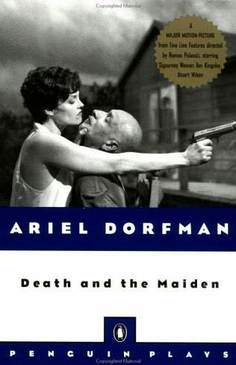
There are few plays more disturbing or more chilling than Ariel Dorfman's Death and the Maiden. The trailer to the 1994 film, shown below, can attest to this. Coming up with a good approach to teaching it is therefore no easy feat, since finding the best kinds of supporting materials takes some significant research.
The other day I was thinking about the play and sat down to scribble out some useful ways of thinking about how it might be approached, with my doodling turning into a full-on visual brainstorming of the possibilities.
It turns out that there are some significant supporting texts that one would be wise to study in order to fully appreciate Dorfman's play. Indeed, the motif of "Death and the Maiden" is a tradition in and of itself, one that stretches back into the middle ages at the very least. It has made its way into literature as well.
The other day I was thinking about the play and sat down to scribble out some useful ways of thinking about how it might be approached, with my doodling turning into a full-on visual brainstorming of the possibilities.
It turns out that there are some significant supporting texts that one would be wise to study in order to fully appreciate Dorfman's play. Indeed, the motif of "Death and the Maiden" is a tradition in and of itself, one that stretches back into the middle ages at the very least. It has made its way into literature as well.
I think if the doodling below shows us anything, it's that a range of very useful connections can be made by an educator in pretty short order that might ultimately lead to the development of an entire unit of study. Something I'll be working on over the next little while is a series of downloadable pdfs for teachers and students that can help them to explore key aspects of many of the most frequently studied literary texts while allowing them to see connections to other works with similar themes and ideas.
Look for these downloadable pdfs in the coming weeks!
Look for these downloadable pdfs in the coming weeks!
Graphic Poetry by Rubicon/Scholastic
4/14/2014
by Glen Downey, Comics in Education, www.comicsineducation.com
Series Titles
There are 21 titles in the Graphic Poetry series from Rubicon / Scholastic. Click on one of the images below to scroll through the various titles. As well, on the homepage for the series, each of the books has a look inside feature. Click here to visit the site.
Series Honours
Graphic Poetry was honoured with both the 2010 Textbook Excellence Award from the Text and Academic Authors Association and the 2011 Teachers' Choice Award for Children's Books from Learning Magazine.
The Books of the Graphic Poetry Series
THE CIRCLE GAME
by Joni Mitchell, ed. by Glen Downey
On the carousel of life, history often repeats itself and people find comfort in tradition and familiar experiences. In these poignant lyrics, folk music legend Joni Mitchell shows that we cannot return to the past but we can appreciate every moment of our lives.
COLONEL FAZACKERLEY BUTTERWORTH-TOAST
by Charles Causley, ed. by Glen Downey
When Colonel Fazackerley Butterworth-Toast buys a castle for himself, he doesn't realize that he's bought more than he bargained for! Find out what happens when the Colonel meets one of the castle's oldest residents.
THE CREMATION OF SAM MCGEE
by Robert Service, ed. by Glen Downey
Have you ever been so cold that you'd do anything just to get warm? In this classic poem, Robert Service tells the story of Sam McGee, who finds himself deep in the Canadian Arctic, dreaming of his home in Tennessee.
THE WRECK OF THE EDMUND FITZGERALD
by Gordon Lightfoot, ed. by Glen Downey
In this haunting ballad, legendary folk musician Gordon Lightfoot describes what happens when the Edmund Fitzgerald meets the "Gales of November" on Lake Superior.
WHAT DO I REMEMBER OF THE EVACUATION
by Joy Kogawa, ed. by Glen Downey
In this poignant poem, Joy Kogawa revisits a painful period from her childhood -- when she and her family and other Japanese Canadians were placed in internment camps during World War II.
HURRICANE / CHILDHOOD TRACKS
by James Berry, ed. by Glen Downey
Truly great poets have the ability to transport readers into the world of the speaker -- so get ready to pack your bags! Whether James Berry is writing about the fury of a hurricane or walking the reader through memories of his own childhood, his poems bring the sights, smells, and sounds of Jamaica to life.
I AM A CANADIAN
by Duke Redbird, ed. by Glen Downey
There are great poems written by Canadians, and great poems about Canada. However, none show off the pride we have in the breadth, diversity, and beauty of Canada and its people more than Duke Redbird's "I Am a Canadian."
LIFE DOESN'T FRIGHTEN ME / ALONE
by Maya Angelou, ed. by Glen Downey
In these emotional and inspiring works, Maya Angelou shows how the right attitude and the love and support of friends and family can help people confront and overcome all of life's obstacles.
THE MARCH OF THE DEAD
by Robert Service, ed. by Glen Downey
The Second Boer War is over and the soldiers have come home victorious. People line the streets to celebrate as the men march proudly on parade. But then, the air is filled with another sound -- an eerie reminder from another group of men who also wish to be remembered...
MOTHER TO SON / HARLEM NIGHT SONG
by Langston Hughes, ed. by Glen Downey
In "Mother to Son" and "Harlem Night Song," renowned American poet Langston Hughes captures the struggles, challenges, beauty, and soul of Harlem — one of the most dynamic neighbourhoods in America.
ORANGES / ODE TO FAMILY PHOTOGRAPHS
by Gary Soto, ed. by Glen Downey
In "Oranges" and "Ode to Family Photographs," Gary Soto gives us a bird's-eye view of those weird but charming moments that bring meaning into our lives.
THIS IS A PHOTOGRAPH OF ME / GIRL AND HORSE, 1928
by Margaret Atwood, ed. by Glen Downey
In these two poems, renowned Canadian author Margaret Atwood delves deep to reveal that things aren't always what they seem.
FLIGHT OF THE ROLLER-COASTER / LAKE OF BAYS
by Raymond Souster, ed. by Glen Downey
In "Flight of the Roller-Coaster" and "Lake of Bays," Raymond Souster takes us out for a day at the carnival and for a walk across a bridge, and provides us with moments that we will likely never forget.
SAME SONG / MAESTRO
by Pat Mora, ed. by Glen Downey
Each and every day, we are influenced by the people we interact with and by the world around us. These influences can be positive or negative but every person is subject to them. In these two poems, Pat Mora explores insecurities and inspiration — common themes we can all relate to.
SOUTHBOUND ON THE FREEWAY / WATER PICTURE
by May Swenson, ed. by Glen Downey
Poet May Swenson had a unique perspective on the world. Whether she was describing a reflection in a pond or cars racing down a highway, Swenson's creative imagery helped people see everyday occurrences in a whole new way.
THE CHOICE / SONG FOR AN APRIL DUSK
by Dorothy Parker, ed. by Glen Downey
Dorothy Parker was a girl with attitude. Her wit and talent for biting sarcasm could easily put those around her to shame. Here, Parker's pretty, poetic lines take a sudden turn that keeps readers on their toes.
THE SHARK / SEA-GULLS
by E. J. Pratt, ed. by Glen Downey
We see animals all the time, but how often do we take a long, hard look at them? In the first poem, E.J. Pratt takes us on a terrifying trip through the harbour. In the second poem, he shows us the unexpected beauty of seagulls in flight.
THE EAGLE / THE KRAKEN
by Alfred Tennyson, ed. by Glen Downey
Ever wondered what it would be like to soar with an eagle or travel to the bottom of the ocean to visit an ancient sea monster? You won't need wings or swimming gear when you read these breathtaking classics by Alfred Tennyson!
I SHALL WAIT AND WAIT
by Alootook Ipellie, ed. by Glen Downey
In this captivating poem by Inuit writer Alootook Ipellie, we get an unforgettable lesson in the importance of patience, determination, and dedication to a goal.
THE WOMAN I AM IN MY DREAMS / NOW I SEE YOU
by Maxine Tynes, ed. by Glen Downey
In "The Woman I Am in My Dreams" and "Now I See You," poet Maxine Tynes shows us how much we can learn about ourselves and others, just by taking the time to look, to consider, and to dream.
PAUL REVERE'S RIDE
by Henry Wadsworth Longfellow, ed. by Glen Downey
The sounds of troops approaching, guns being fired, and a single horse's hooves pounding the pavement bring Paul Revere's famous "midnight ride" to life in this action-packed poem.
by Joni Mitchell, ed. by Glen Downey
On the carousel of life, history often repeats itself and people find comfort in tradition and familiar experiences. In these poignant lyrics, folk music legend Joni Mitchell shows that we cannot return to the past but we can appreciate every moment of our lives.
COLONEL FAZACKERLEY BUTTERWORTH-TOAST
by Charles Causley, ed. by Glen Downey
When Colonel Fazackerley Butterworth-Toast buys a castle for himself, he doesn't realize that he's bought more than he bargained for! Find out what happens when the Colonel meets one of the castle's oldest residents.
THE CREMATION OF SAM MCGEE
by Robert Service, ed. by Glen Downey
Have you ever been so cold that you'd do anything just to get warm? In this classic poem, Robert Service tells the story of Sam McGee, who finds himself deep in the Canadian Arctic, dreaming of his home in Tennessee.
THE WRECK OF THE EDMUND FITZGERALD
by Gordon Lightfoot, ed. by Glen Downey
In this haunting ballad, legendary folk musician Gordon Lightfoot describes what happens when the Edmund Fitzgerald meets the "Gales of November" on Lake Superior.
WHAT DO I REMEMBER OF THE EVACUATION
by Joy Kogawa, ed. by Glen Downey
In this poignant poem, Joy Kogawa revisits a painful period from her childhood -- when she and her family and other Japanese Canadians were placed in internment camps during World War II.
HURRICANE / CHILDHOOD TRACKS
by James Berry, ed. by Glen Downey
Truly great poets have the ability to transport readers into the world of the speaker -- so get ready to pack your bags! Whether James Berry is writing about the fury of a hurricane or walking the reader through memories of his own childhood, his poems bring the sights, smells, and sounds of Jamaica to life.
I AM A CANADIAN
by Duke Redbird, ed. by Glen Downey
There are great poems written by Canadians, and great poems about Canada. However, none show off the pride we have in the breadth, diversity, and beauty of Canada and its people more than Duke Redbird's "I Am a Canadian."
LIFE DOESN'T FRIGHTEN ME / ALONE
by Maya Angelou, ed. by Glen Downey
In these emotional and inspiring works, Maya Angelou shows how the right attitude and the love and support of friends and family can help people confront and overcome all of life's obstacles.
THE MARCH OF THE DEAD
by Robert Service, ed. by Glen Downey
The Second Boer War is over and the soldiers have come home victorious. People line the streets to celebrate as the men march proudly on parade. But then, the air is filled with another sound -- an eerie reminder from another group of men who also wish to be remembered...
MOTHER TO SON / HARLEM NIGHT SONG
by Langston Hughes, ed. by Glen Downey
In "Mother to Son" and "Harlem Night Song," renowned American poet Langston Hughes captures the struggles, challenges, beauty, and soul of Harlem — one of the most dynamic neighbourhoods in America.
ORANGES / ODE TO FAMILY PHOTOGRAPHS
by Gary Soto, ed. by Glen Downey
In "Oranges" and "Ode to Family Photographs," Gary Soto gives us a bird's-eye view of those weird but charming moments that bring meaning into our lives.
THIS IS A PHOTOGRAPH OF ME / GIRL AND HORSE, 1928
by Margaret Atwood, ed. by Glen Downey
In these two poems, renowned Canadian author Margaret Atwood delves deep to reveal that things aren't always what they seem.
FLIGHT OF THE ROLLER-COASTER / LAKE OF BAYS
by Raymond Souster, ed. by Glen Downey
In "Flight of the Roller-Coaster" and "Lake of Bays," Raymond Souster takes us out for a day at the carnival and for a walk across a bridge, and provides us with moments that we will likely never forget.
SAME SONG / MAESTRO
by Pat Mora, ed. by Glen Downey
Each and every day, we are influenced by the people we interact with and by the world around us. These influences can be positive or negative but every person is subject to them. In these two poems, Pat Mora explores insecurities and inspiration — common themes we can all relate to.
SOUTHBOUND ON THE FREEWAY / WATER PICTURE
by May Swenson, ed. by Glen Downey
Poet May Swenson had a unique perspective on the world. Whether she was describing a reflection in a pond or cars racing down a highway, Swenson's creative imagery helped people see everyday occurrences in a whole new way.
THE CHOICE / SONG FOR AN APRIL DUSK
by Dorothy Parker, ed. by Glen Downey
Dorothy Parker was a girl with attitude. Her wit and talent for biting sarcasm could easily put those around her to shame. Here, Parker's pretty, poetic lines take a sudden turn that keeps readers on their toes.
THE SHARK / SEA-GULLS
by E. J. Pratt, ed. by Glen Downey
We see animals all the time, but how often do we take a long, hard look at them? In the first poem, E.J. Pratt takes us on a terrifying trip through the harbour. In the second poem, he shows us the unexpected beauty of seagulls in flight.
THE EAGLE / THE KRAKEN
by Alfred Tennyson, ed. by Glen Downey
Ever wondered what it would be like to soar with an eagle or travel to the bottom of the ocean to visit an ancient sea monster? You won't need wings or swimming gear when you read these breathtaking classics by Alfred Tennyson!
I SHALL WAIT AND WAIT
by Alootook Ipellie, ed. by Glen Downey
In this captivating poem by Inuit writer Alootook Ipellie, we get an unforgettable lesson in the importance of patience, determination, and dedication to a goal.
THE WOMAN I AM IN MY DREAMS / NOW I SEE YOU
by Maxine Tynes, ed. by Glen Downey
In "The Woman I Am in My Dreams" and "Now I See You," poet Maxine Tynes shows us how much we can learn about ourselves and others, just by taking the time to look, to consider, and to dream.
PAUL REVERE'S RIDE
by Henry Wadsworth Longfellow, ed. by Glen Downey
The sounds of troops approaching, guns being fired, and a single horse's hooves pounding the pavement bring Paul Revere's famous "midnight ride" to life in this action-packed poem.
Brainstorming Visual Media, Part 1
4/13/2014
by Glen Downey, Comics in Education, www.comicsineducation.com
Use Provocative Media to Jumpstart Visual Brainstorming
Depending on what kind of visual brainstorming or visual note-taking you'd like your students to engage in, it's good to give them a provocative piece of media to get their ideas going. As I've mentioned previously, when I introduce students to this form of note-taking, I like to show them the RSAnimations video of Sir Ken Robinson's famous TED Talk on Changing Educational Paradigms. Here, in advance of looking at how media uses language and image to construct a concept for its brand that people find attractive, I showed my students "This is a Generic Brand Video," a wonderfully subversive meta-commercial about how a lot of contemporary commercials work. After watching this video with my IB Language and Literature class, we engaged in a little visual brainstorming of a Suncor commercial that actually fit the bill of the one described by the above video.
Here's what my students, Kyle and Muhammed, put together after watching the video, discussing their take on it, and engaging in some visual brainstorming:
As an educator, some of the big takeaways from this are so important. Obviously Kyle and Muhammed had fruitful discussions even though they imparted to their visual note-taking and brainstorming their own unique signatures. Both addressed the disconnects between what the advertisement shows and what Suncor Energy is all about, but whereas Kyle preferred to compartmentalize things by keeping his image-and-text combinations at some distance to one another, Muhammed preferred a slightly more organic approach. He also took more liberties with the cartoonishness he imparted to his figures. Nonetheless, Muhammed seems to draw inspiration from Kyle's Suncor image while Kyle imparts Muhammed's cartoonish strokes to the sun figure.
So, by way of advice, let students talk to one another about what you'd like them to focus their visual note-taking and brainstorming on. It can help them learn from one another and then immediately demonstrate this learning in their work.
So, by way of advice, let students talk to one another about what you'd like them to focus their visual note-taking and brainstorming on. It can help them learn from one another and then immediately demonstrate this learning in their work.
Q. Do you expect us to believe that the Bayeux Tapestry is really just a comic? A. Yes...yes I do.
4/13/2014
by Glen Downey, Comics in Education, www.comicsineducation.com
I've talked about the importance of establishing that visual narrative is a tradition--one that arguably dates back to a period that predates either the oral or written traditions as we know them. However, not everyone is convinced that cave art, Egyptian hieroglyphics, or something like William Hogarth's "A Rake's Progress" is an ancestor of contemporary comics and graphic novels unless they've been fortunate enough to read Scott McCloud's Understanding Comics. However, as I was shown by Laura McRae from Havergal College at the 2014 CITE Conference, it's pretty hard to argue against the Bayuex Tapestry being such an ancestor!
Take a look at the fantastic animated video Laura showed me that was originally created as a student project at Goldsmiths College. If you can't see the connection between the Bayeux Tapestry and contemporary comics after watching it, I might never be able to convince you that visual narrative has a long and proud tradition.
Thanks for showing me this, Laura!
Take a look at the fantastic animated video Laura showed me that was originally created as a student project at Goldsmiths College. If you can't see the connection between the Bayeux Tapestry and contemporary comics after watching it, I might never be able to convince you that visual narrative has a long and proud tradition.
Thanks for showing me this, Laura!
CITE 2014 -- The Top 5 Things for Students to Look for After Turning Their Essay into a Wordle
4/13/2014
by Glen Downey, Comics in Education, www.comicsineducation.com
Using Wordle as an Analytical Tool Can Make a Big Difference!
In addition to using Wordle.Net to analyze poetry, music lyrics, and the like (to identify key words that serve to reveal prevailing themes, for example), wordles can be used to look at the completed draft of an essay and provide valuable information about it. Here are the top five things students should look for after putting their essay into a wordle.
1. The largest word in the cloud
Typically, the word "the" will be the largest word in the cloud. That's not surprising since it's the most common English word. In the example above, however, the student has written a personal reflection, so it's not surprising that "I" is the most frequently occurring. What students should make sure of, however, is that there isn't an unusual word that is the most frequently occurring because this will likely indicate the unnecessary repetition of a word in the paper. However, to do a proper check, the student must go to the language tab and tell Wordle.Net not to remove commonly occurring words. The Java program removes them in its default setting.
2. The relative distribution of words
Other than commonly occurring words like "a," "the," and some of the basic pronouns and conjunctions, the other words in the essay should have a distribution about them that makes sense. If the name of the book a student is writing about is a bit larger than the other "less common" words in the cloud, that makes sense. However, if such a word is dominating the wordle, it's a source for concern. The more evenly distributed words are in a wordle in terms of their size, the more likely that the student has found an acceptable balance in his or her use of diction in the essay.
3. The size of the word "and."
If the student cannot see the word "and" in the wordle cloud, this is a big problem. It means one of two things: (1) The student has used primarily simple sentences with few coordinating conjunctions and has likely written a very stilted essay, or (2) The student has constructed a significant number of comma splices and/or run-on sentences.
4. The size of the word "because"
If the word "because" is very tiny or virtually invisible in the cloud after the student cuts and pastes in a persuasive essay, this is also a big problem. The word "because" is one that we use when we are attempting to prove or explain something. Without it, how is the student effectively making their case? How are they proving or explaining what needs to be proven or explained?
5. The use of the verb "to be"
Younger writers who are still developing tend to overuse forms of the verb "to be." If words like "is," "was," "were," and "are" seem very large in comparison to the next most frequently occurring verbs, there can be a significant issue. The student should reread their paper and try to find better and more appropriate verbs when these are called for.
It was great to present these ideas at CITE2014, and to talk about the application of other technologies to benefit student writing. If you couldn't make it to the workshop, here's the handout!
CITE 2014 -- Some Reflections on Graphic Memoirs, Travel Literature, and Visual Brainstorming
4/12/2014
by Glen Downey, Comics in Education, www.comicsineducation.com
Some Takeaways from "I Witness: How Graphic Storytellers Are Teaching Us About the World and How We See It"
If you're planning to teach a major work of travel literature in your high school English course or perhaps even an entire unit with travel as a focus, you might consider the possibility of going graphic. As we explored in "I Witness," a workshop at 2014 CITE Conference, graphic travelogues and graphic memoirs with a significant travel focus can provide a perspective on "the journey" that is unique to the genre of visual narrative. Because these writers and artists must show the visual context of the story they are telling, and because the context -- to be believed -- must actually look authentic, there often seems to be a tendency on the part of the graphic travel writer to let the place they are visiting (or indeed "bearing witness to") tell its own story.
I feel like this whenever I read Guy Delisle's Pyongyang or the Ricard Brothers' Beirut 1990 or Florent Chavouet's Tokyo on Foot. While it is true that I learn about these writers' experiences through their work, I learn so much more about the place they are visiting as though the place itself were speaking to me.
The visual brainstorming above provides a small snapshot of the ideas that come to mind when we begin to think both about travel lit and the graphic memoir. We can see that there are tremendous possibilities for making connections between the travel literature of old and those found in today's graphic travelogues. In your next travel literature unit, why NOT feature excerpts from The Wanderer, The Seafarer, Gulliver's Travels, A Pilgrim's Progress, The Rime of the Ancient Mariner, Into the Wild, Palestine, Pyongyang, Tokyo on Foot, and Safe Area Goradze? You can throw in A Walk in the Woods, The Fixer, Beirut 1990, and Into Thin Air for good measure. What I'm advocating is not to use graphic travel literature merely as a way to supplement your teaching of a traditional travel novel, but to include it as an equal partner in the discussion of how we write about travel.
For those who didn't get a chance to attend the workshop, here's the handout!
I feel like this whenever I read Guy Delisle's Pyongyang or the Ricard Brothers' Beirut 1990 or Florent Chavouet's Tokyo on Foot. While it is true that I learn about these writers' experiences through their work, I learn so much more about the place they are visiting as though the place itself were speaking to me.
The visual brainstorming above provides a small snapshot of the ideas that come to mind when we begin to think both about travel lit and the graphic memoir. We can see that there are tremendous possibilities for making connections between the travel literature of old and those found in today's graphic travelogues. In your next travel literature unit, why NOT feature excerpts from The Wanderer, The Seafarer, Gulliver's Travels, A Pilgrim's Progress, The Rime of the Ancient Mariner, Into the Wild, Palestine, Pyongyang, Tokyo on Foot, and Safe Area Goradze? You can throw in A Walk in the Woods, The Fixer, Beirut 1990, and Into Thin Air for good measure. What I'm advocating is not to use graphic travel literature merely as a way to supplement your teaching of a traditional travel novel, but to include it as an equal partner in the discussion of how we write about travel.
For those who didn't get a chance to attend the workshop, here's the handout!
by Glen Downey, Comics in Education, www.comicsineducation.com
We often wish we could see what our students are thinking... and we can.
Today, I presented at the 2014 CITE Conference at Upper Canada College in Toronto. The participants in the two workshops were fantastic and UCC did a wonderful job hosting the event. I talked quite a bit in the afternoon session about visual brainstorming and was reminded of something important that you should share with students if you have them do this activity.
Visual brainstorming is not about drawing. It's not an exercise intended to give art students a feeling of technical superiority over their classmates. Kailey's work above is a wonderful example of visual brainstorming that might not strike you as being particularly visual. It's not big on pictures or illustrations apart from the odd arrow or word balloon. That's because Kailey has focused on a principle that I go to great lengths to explain to students, and that I've blogged about before:
Visual brainstorming is not about drawing. It's about brain dumping."
Look at how much is going on in her head in and around the subject of the stock character known as "the wise elder" who we see in everything from medieval drama to contemporary film. Imagine she was writing a paper about this type of character. She's practically written one already!
When I was showing this to participants this afternoon I was forced to confide something that might seem rather shocking. This work was not marked. It wasn't submitted for a summative grade, and was not even formatively asessed. The student, in fact, had no expectation of having the work evaluated because it is, after all, an exercise in allowing her to get her thoughts down on paper.
And look at the time and the care and the effort put into it!
Visual brainstorming is not about drawing. It's not an exercise intended to give art students a feeling of technical superiority over their classmates. Kailey's work above is a wonderful example of visual brainstorming that might not strike you as being particularly visual. It's not big on pictures or illustrations apart from the odd arrow or word balloon. That's because Kailey has focused on a principle that I go to great lengths to explain to students, and that I've blogged about before:
Visual brainstorming is not about drawing. It's about brain dumping."
Look at how much is going on in her head in and around the subject of the stock character known as "the wise elder" who we see in everything from medieval drama to contemporary film. Imagine she was writing a paper about this type of character. She's practically written one already!
When I was showing this to participants this afternoon I was forced to confide something that might seem rather shocking. This work was not marked. It wasn't submitted for a summative grade, and was not even formatively asessed. The student, in fact, had no expectation of having the work evaluated because it is, after all, an exercise in allowing her to get her thoughts down on paper.
And look at the time and the care and the effort put into it!
Wine and Reciprocity -- Etienne Davodeau's The Initiates and Graham Greene's Monsignor Quixote
4/10/2014
by Glen Downey, Comics in Education, www.comicsineducation.com
Time is winding down to my workshop presentations at the annual CITE conference being held at Upper Canada College in Toronto. In one of the presentations, I'll be looking at the graphic memoir, specifically focusing on works in which travel plays a role. Here's the workshop description in case you missed it in my previous blog post.
As I've prepared for the workshop I've begun to see that we can learn a great deal not only from the far ranging travel of artists like Guy Delisle and investigative journalists like Joe Sacco but from the kinds of journeys much closer to home, both literal and metaphorical, of writers like Julie Delporte and Sarah Leavitt.
It has also led me to think about what we learn from others when we travel--from those we meet on our journeys, from those who travel with us, and even from those we leave behind. I've previously discussed my great fondness for Etienne Davodeau's The Initiates, a story where Davodeau asks to learn the art of wine-making from vineyard owner, Richard Leroy, with the latter reciprocating by learning about the graphic novel trade. However, in thinking about why I love the story so much, it suddenly struck me that so many of their interactions are punctuated by sharing a bottle of wine. This is the case right from the very start of the graphic novel.
As I've prepared for the workshop I've begun to see that we can learn a great deal not only from the far ranging travel of artists like Guy Delisle and investigative journalists like Joe Sacco but from the kinds of journeys much closer to home, both literal and metaphorical, of writers like Julie Delporte and Sarah Leavitt.
It has also led me to think about what we learn from others when we travel--from those we meet on our journeys, from those who travel with us, and even from those we leave behind. I've previously discussed my great fondness for Etienne Davodeau's The Initiates, a story where Davodeau asks to learn the art of wine-making from vineyard owner, Richard Leroy, with the latter reciprocating by learning about the graphic novel trade. However, in thinking about why I love the story so much, it suddenly struck me that so many of their interactions are punctuated by sharing a bottle of wine. This is the case right from the very start of the graphic novel.
What I realized is that the way in which Leroy and Davodeau celebrate one another's company-- both through the shared reciprocity of learning about each other's professions and their mutual interest in wine--directly calls to mind the relationship between the title character of Graham Greene's Monsignor Quixote (1982) and the Communist ex-mayor of El Toboso he nicknames "Sancho." In Greene's novel, the two travel around Spain in the monsignor's car ("Rocinate") while developing their friendship--often over a bottle of wine.
I've always loved this story, not only because it follows a structure that is similar to Cervantes' Don Quixote (whom the monsignor believes is an ancestor despite characters pointing out that his namesake is fictional), but because of the growth in the compassion and understanding shared between the two central characters. As Davodeau and Leroy journey back and forth to where each of them practices their vocation, we see a similar growth in their understanding of one another, and it makes us realize that the "journey" always has something profound to teach us.
I've always loved this story, not only because it follows a structure that is similar to Cervantes' Don Quixote (whom the monsignor believes is an ancestor despite characters pointing out that his namesake is fictional), but because of the growth in the compassion and understanding shared between the two central characters. As Davodeau and Leroy journey back and forth to where each of them practices their vocation, we see a similar growth in their understanding of one another, and it makes us realize that the "journey" always has something profound to teach us.
Glen Downey
Dr. Glen Downey is an award-winning children's author, educator, and academic from Oakville, Ontario. He works as a children's writer for Rubicon Publishing, a reviewer for PW Comics World, an editor for the Sequart Organization, and serves as the Chair of English and Drama at The York School in Toronto.
If you've found this site useful and would like to donate to Comics in Education, we'd really appreciate the support!
Archives
February 2019
September 2018
June 2018
March 2018
April 2017
November 2016
May 2016
April 2016
February 2016
September 2015
August 2015
May 2015
April 2015
March 2015
February 2015
December 2014
November 2014
October 2014
September 2014
August 2014
June 2014
May 2014
April 2014
March 2014

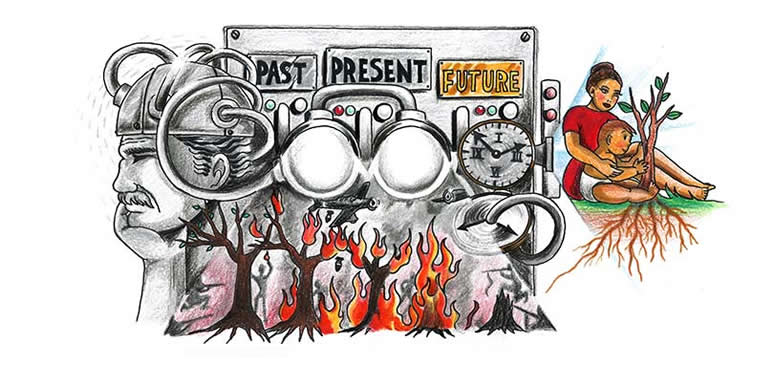
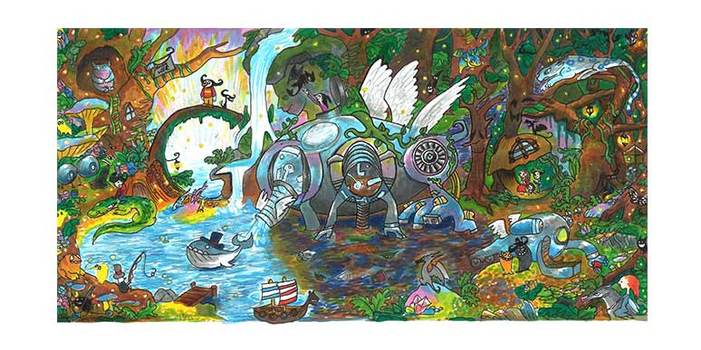
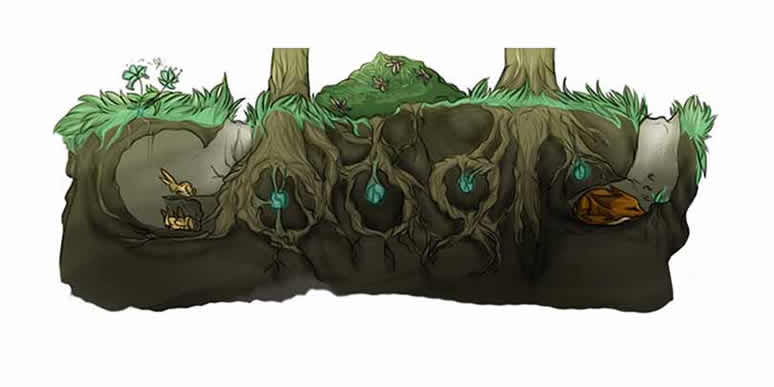
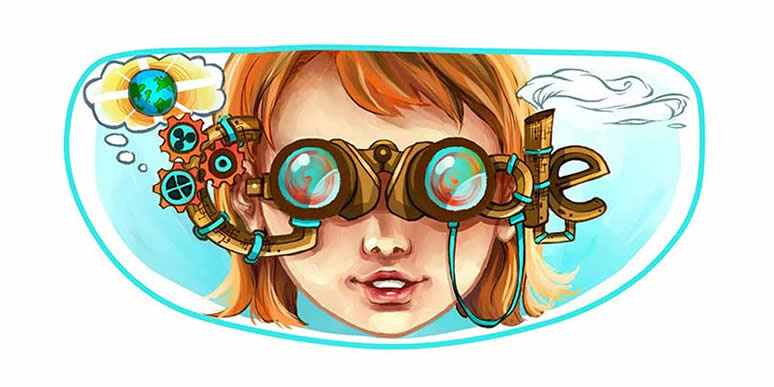

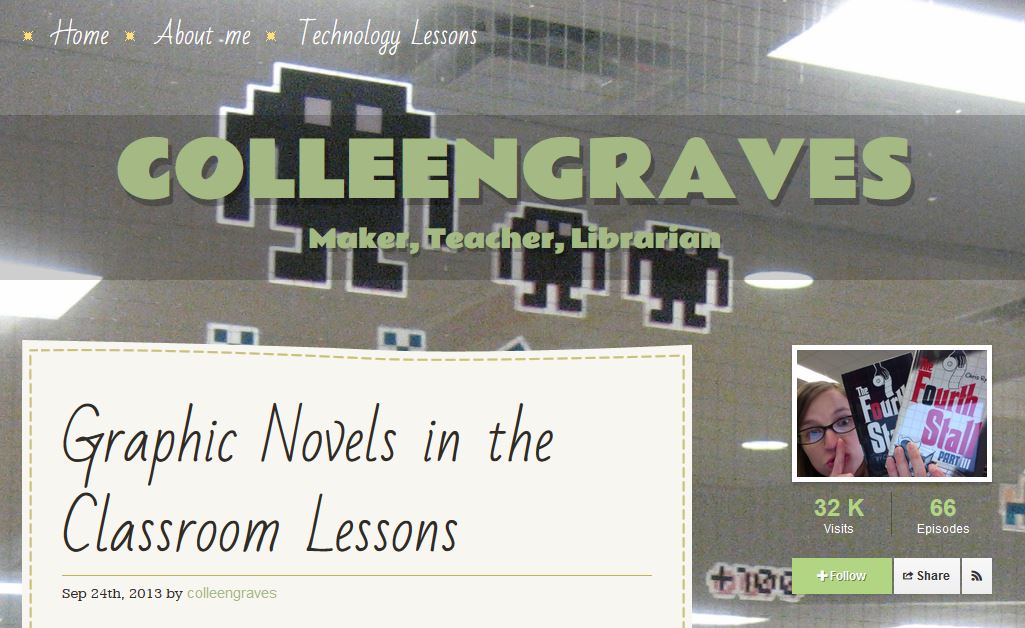
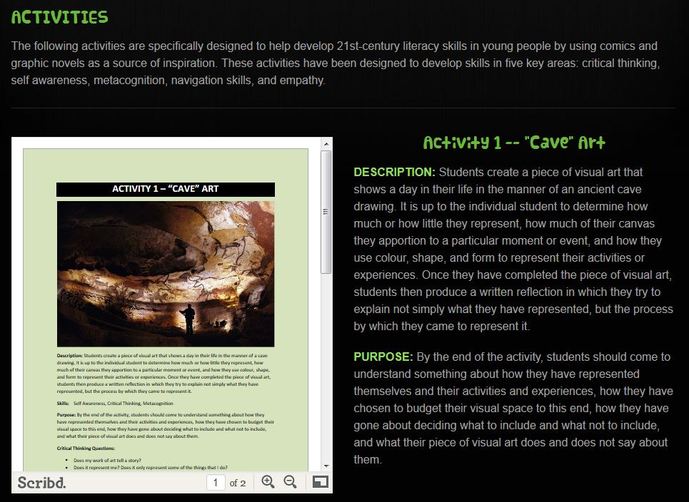

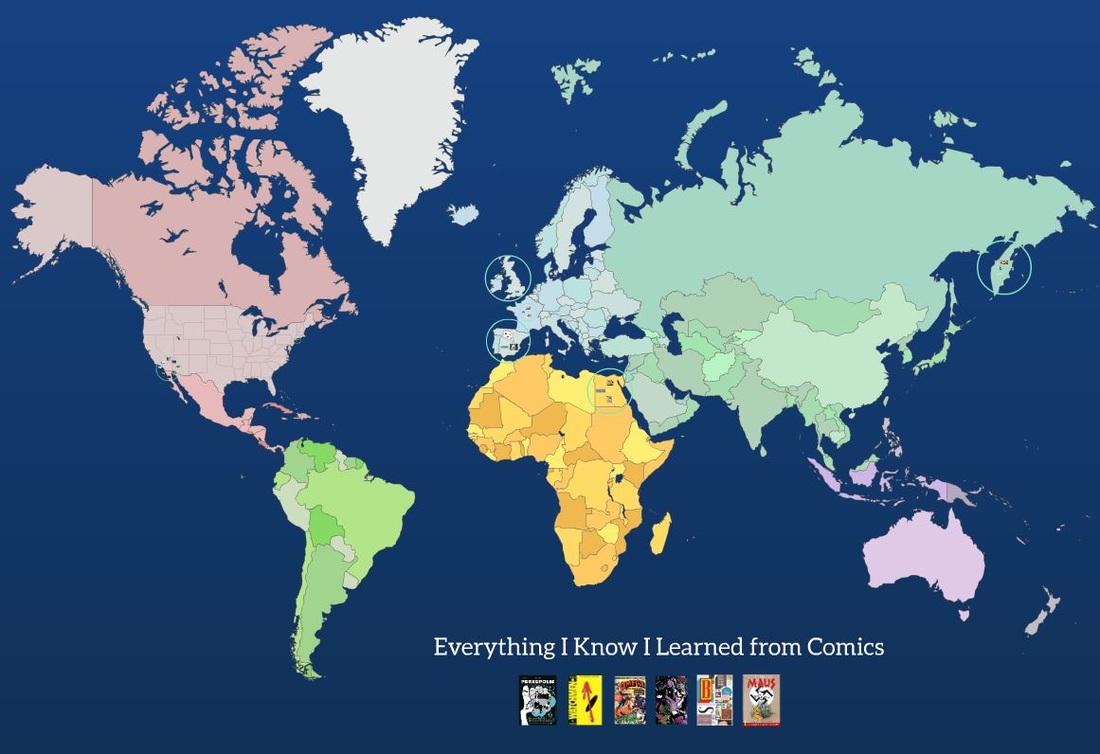
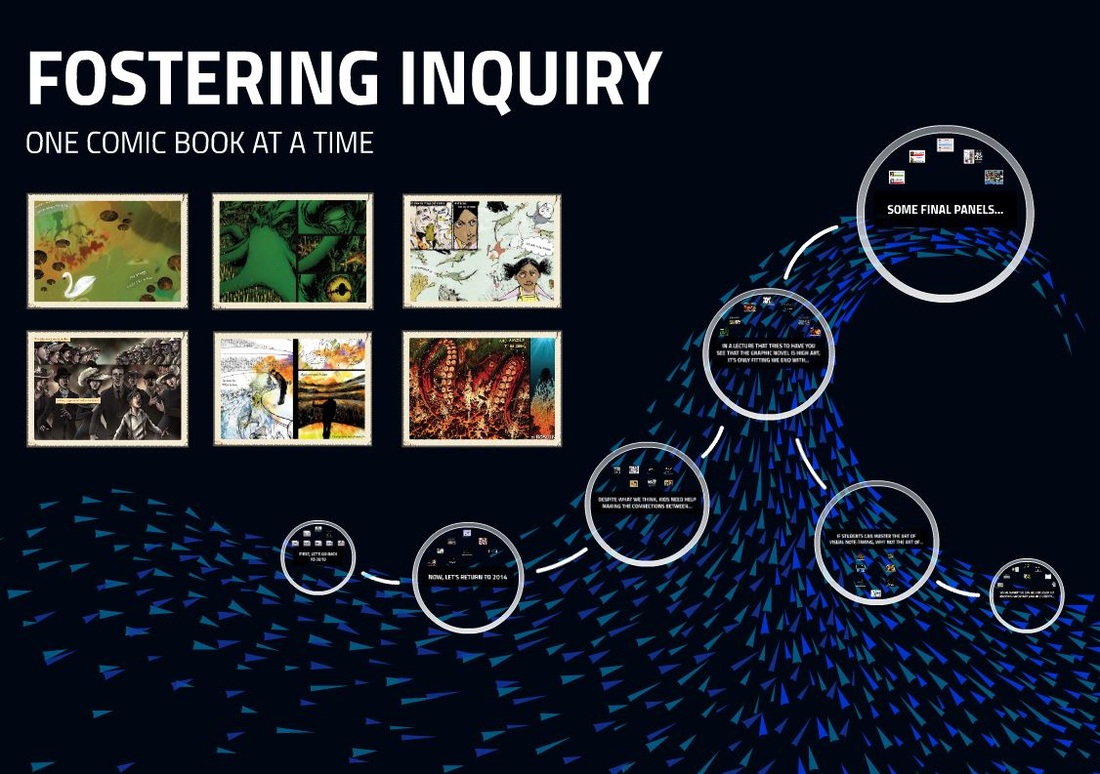
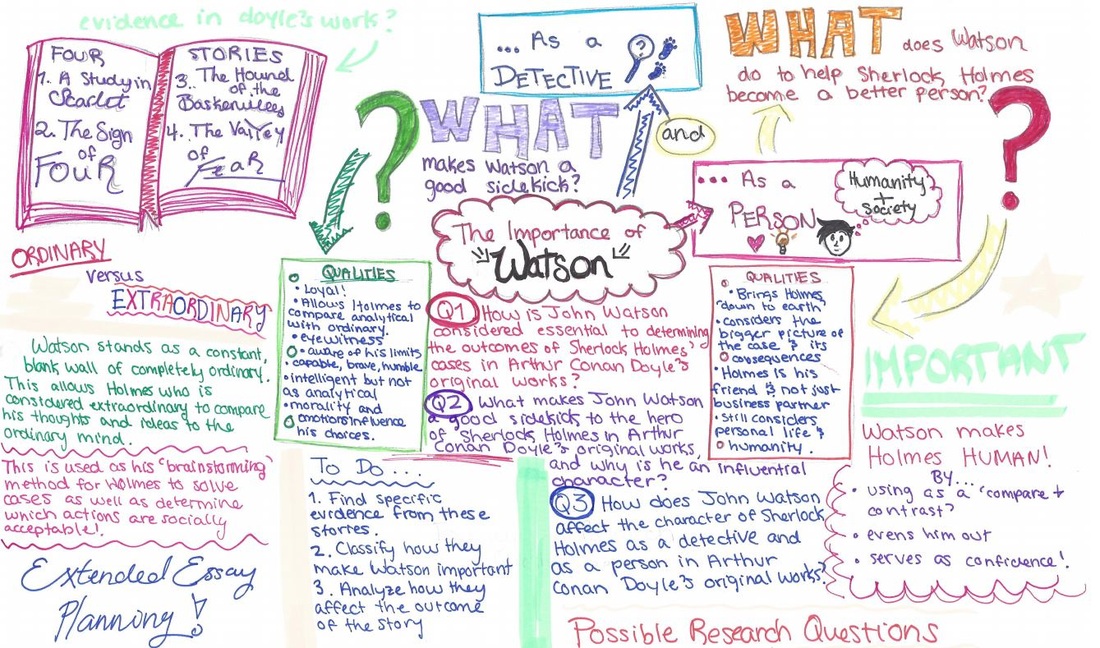
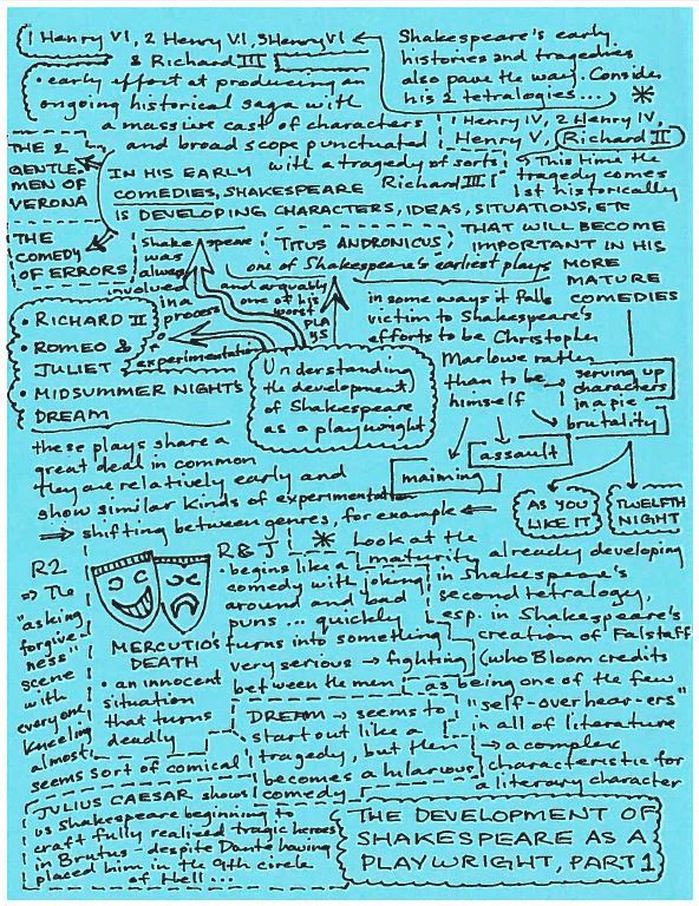
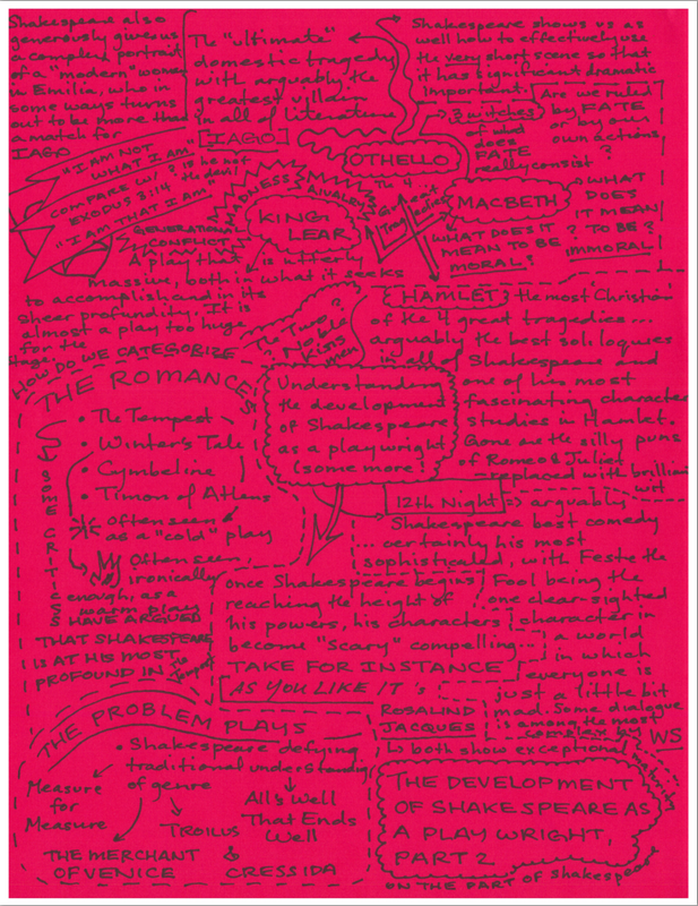
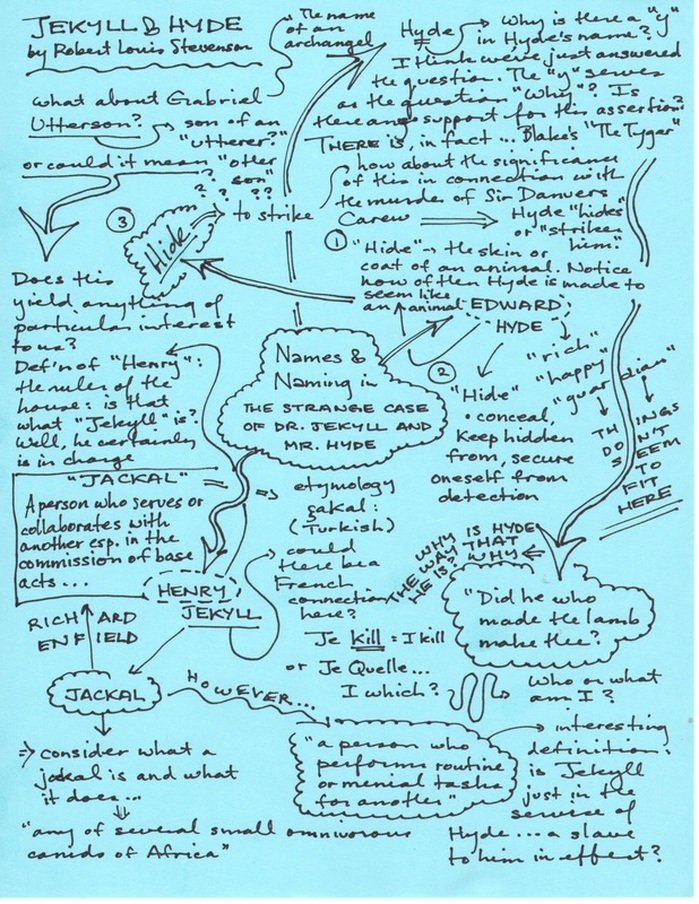
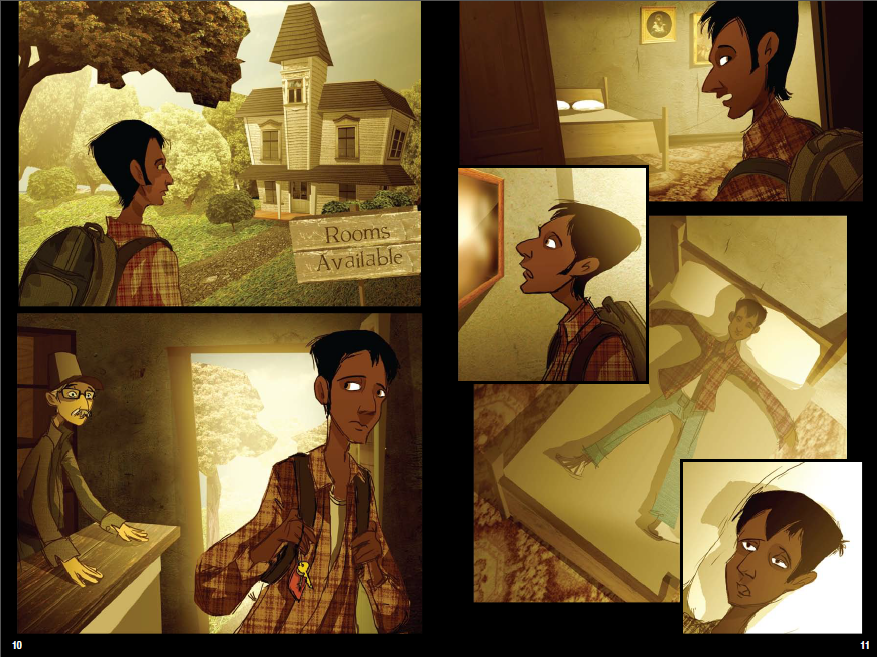
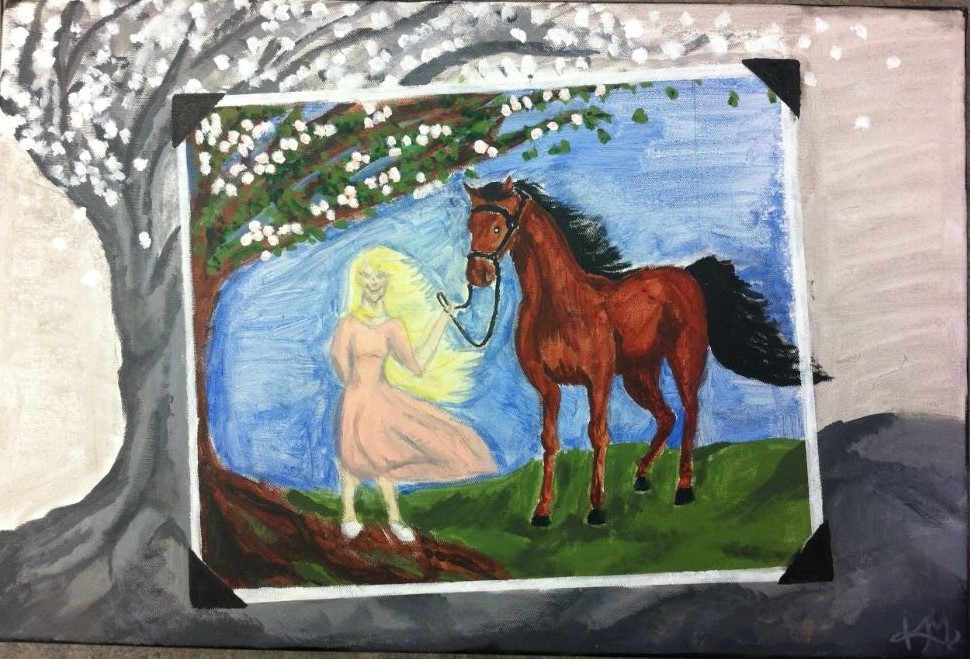
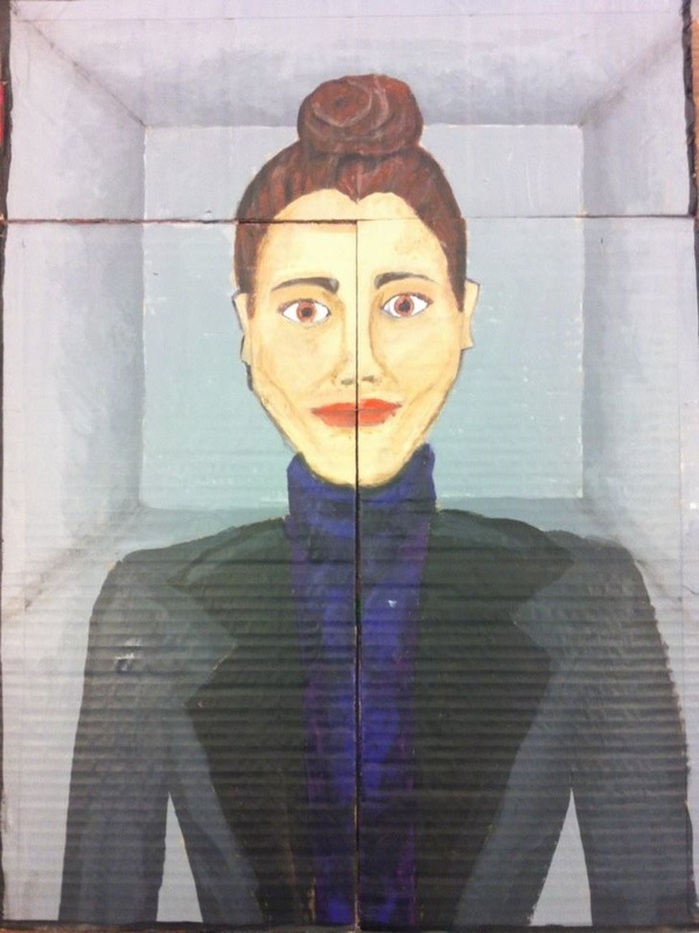
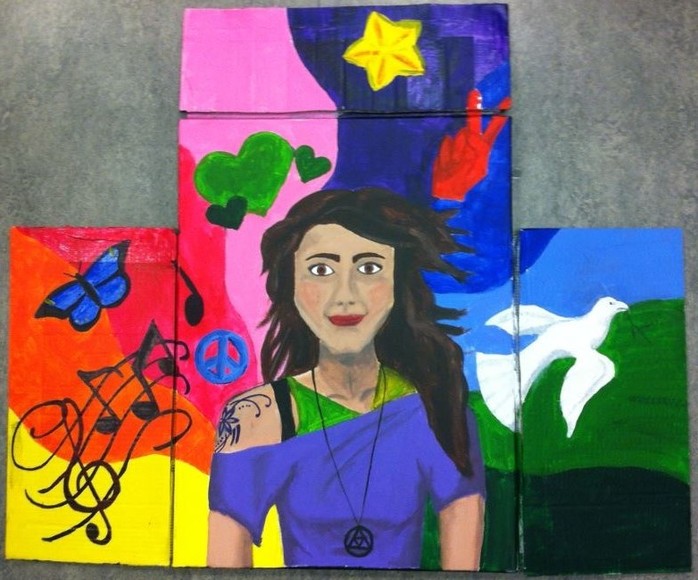
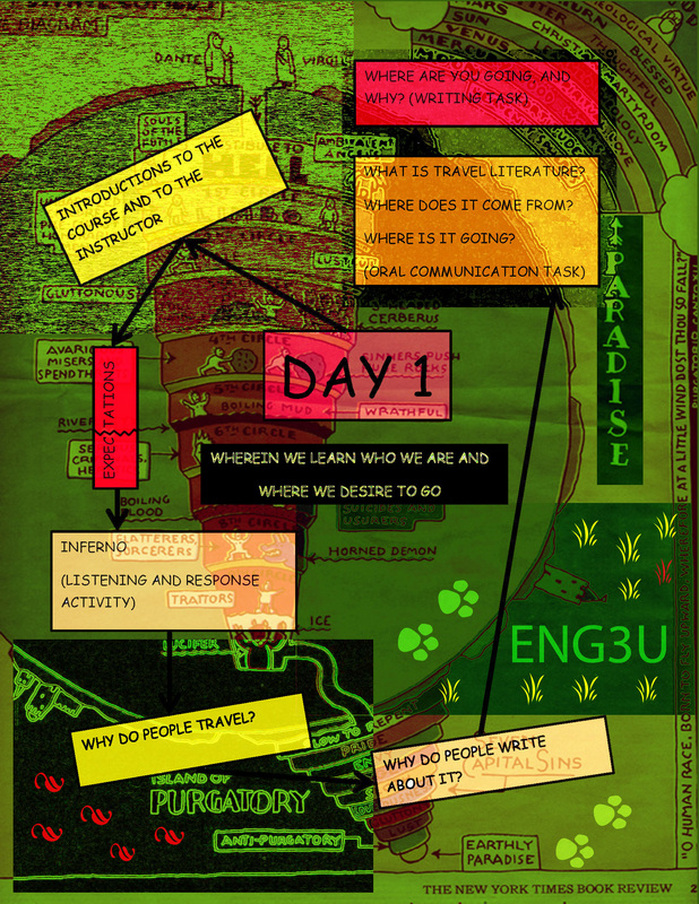

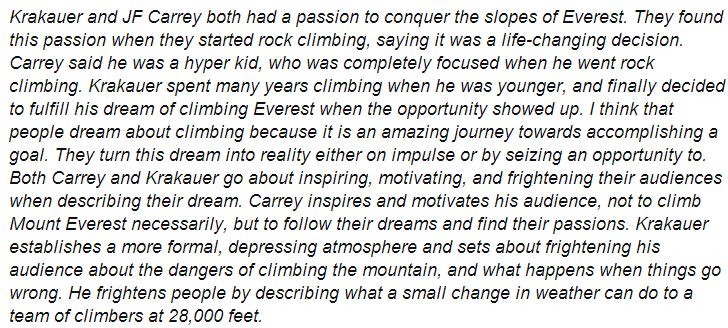
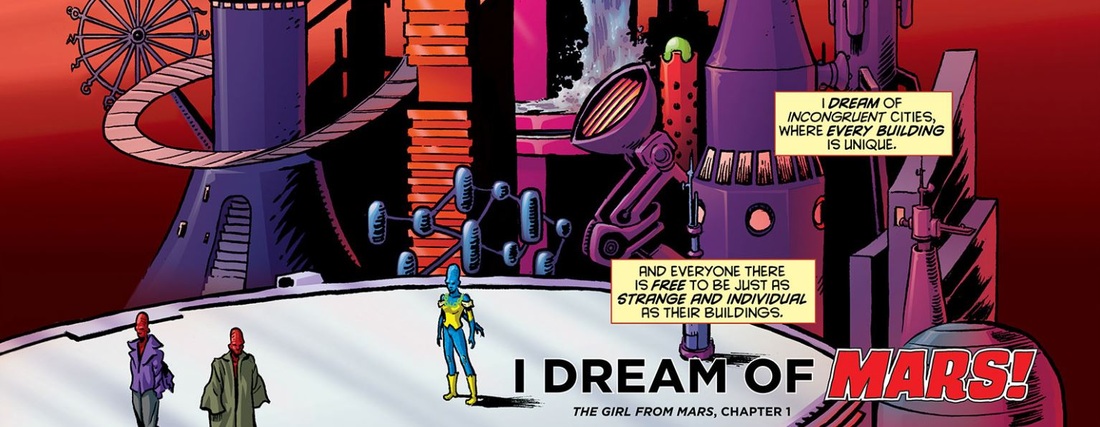
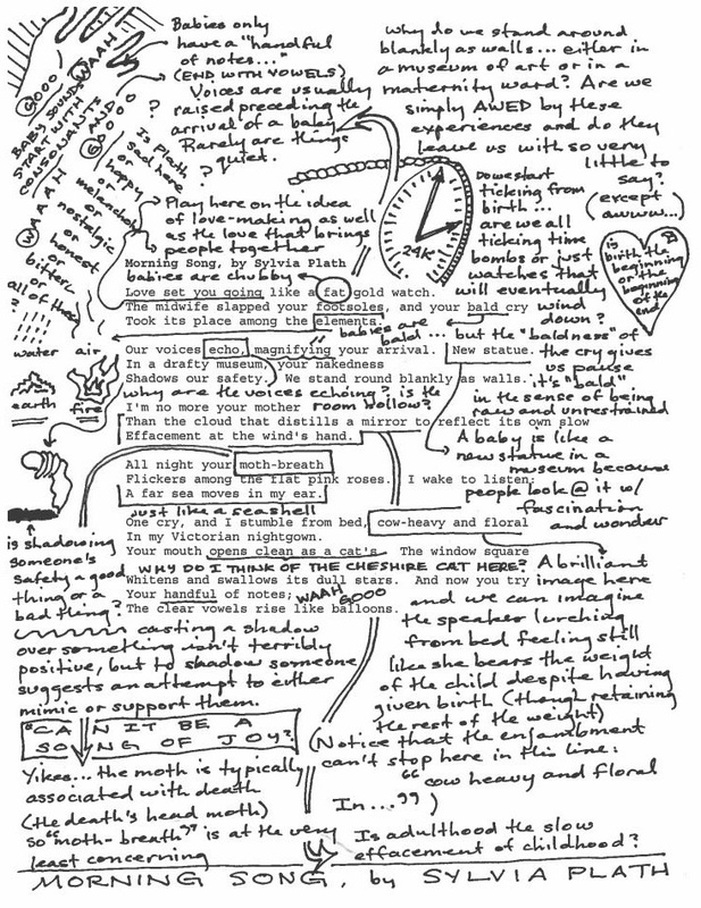
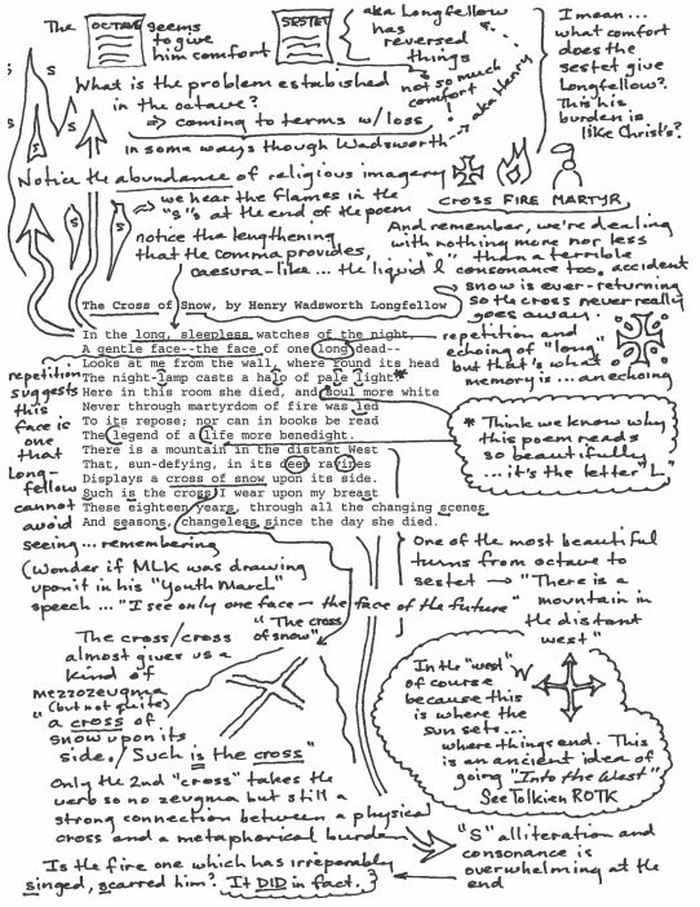
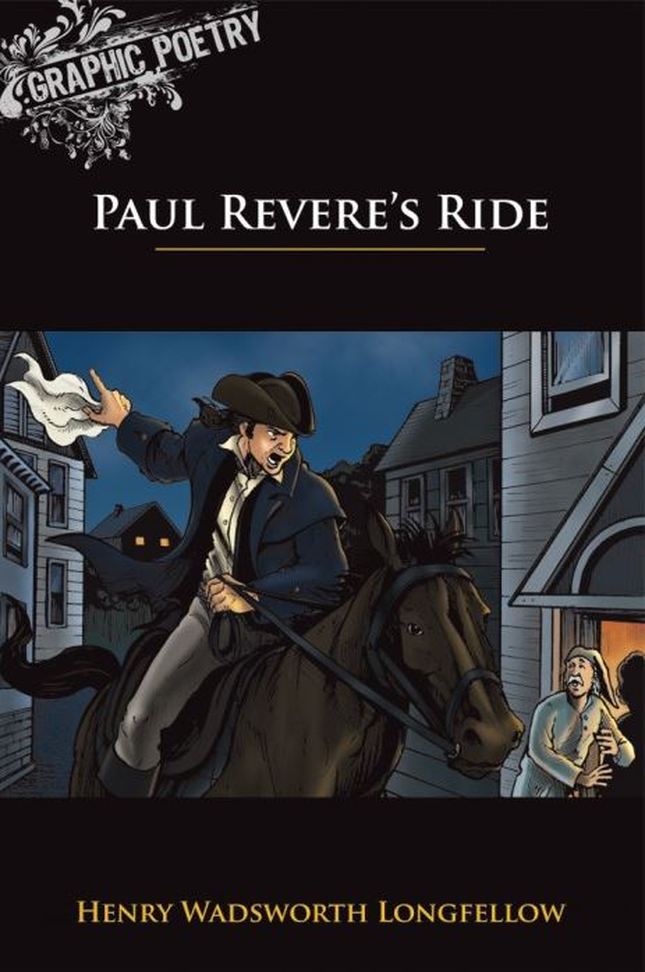

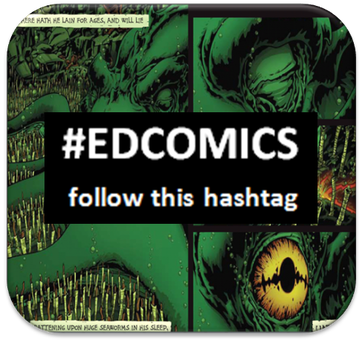
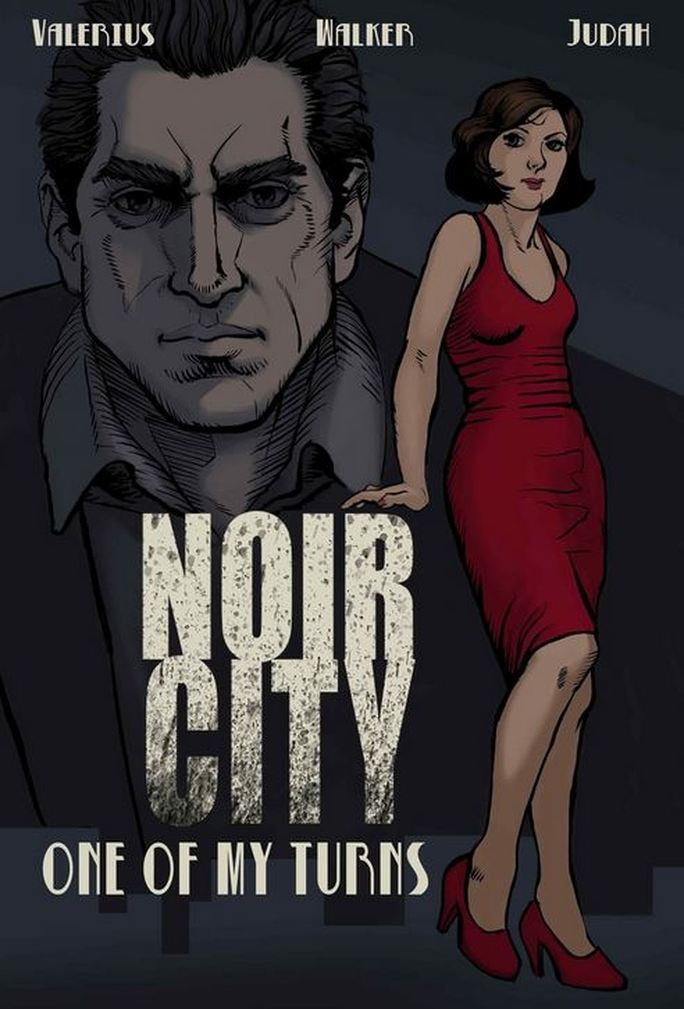
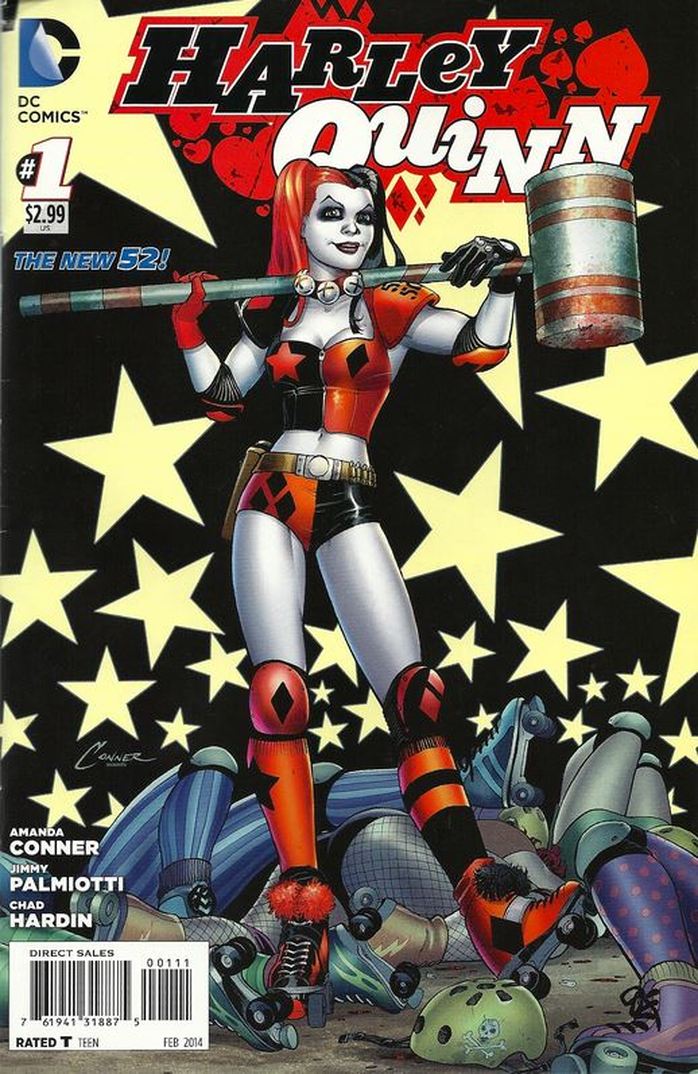
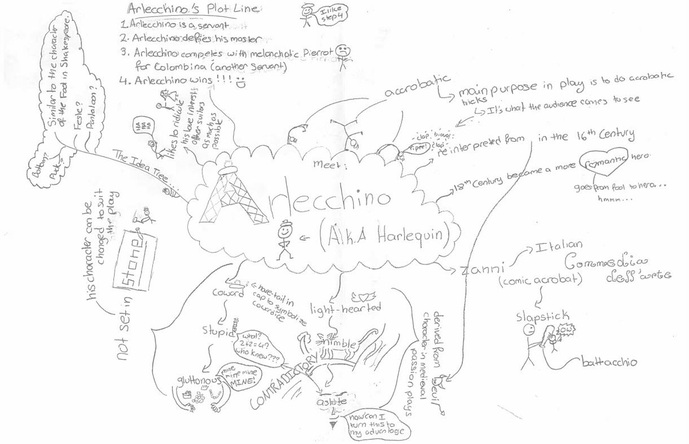
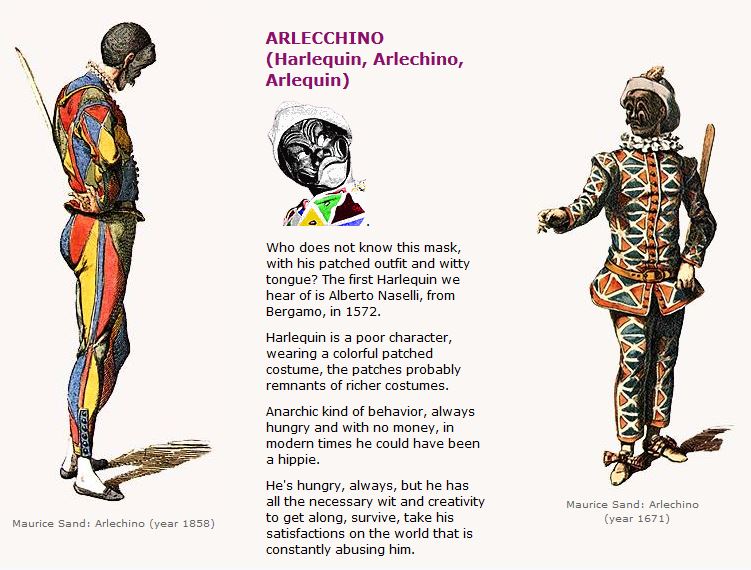
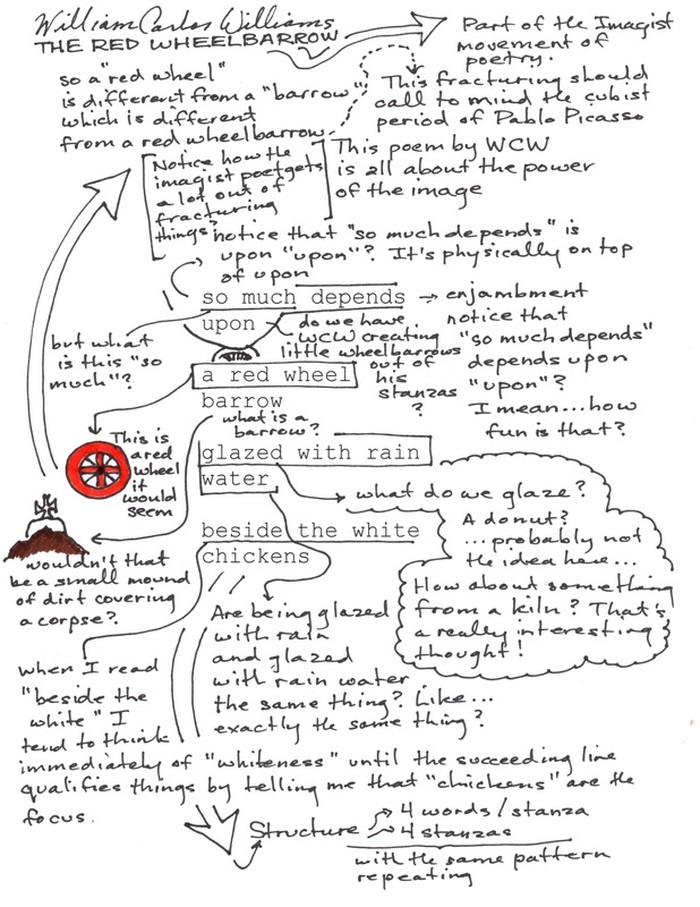
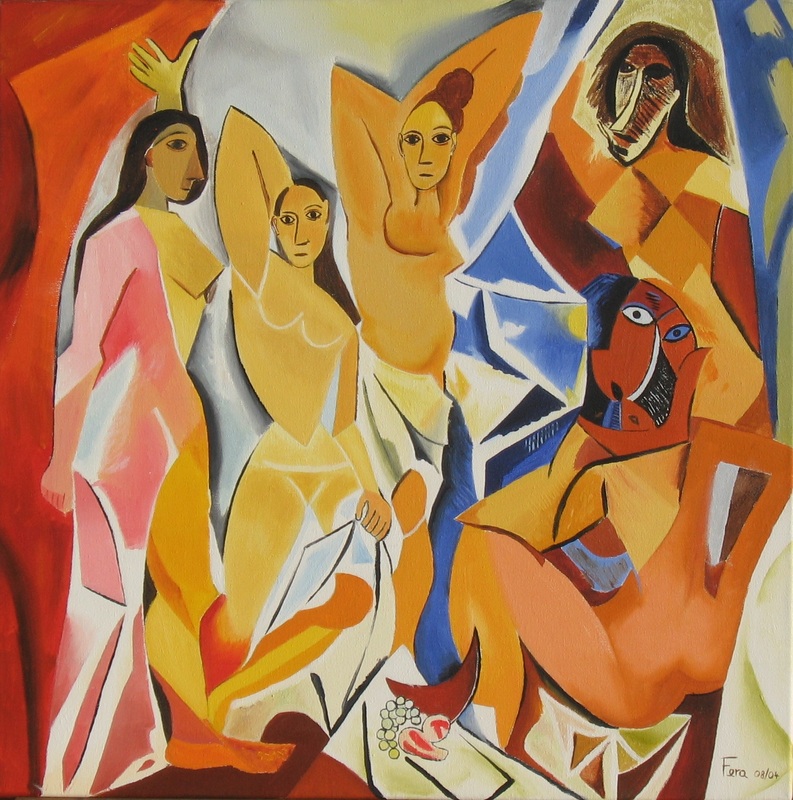
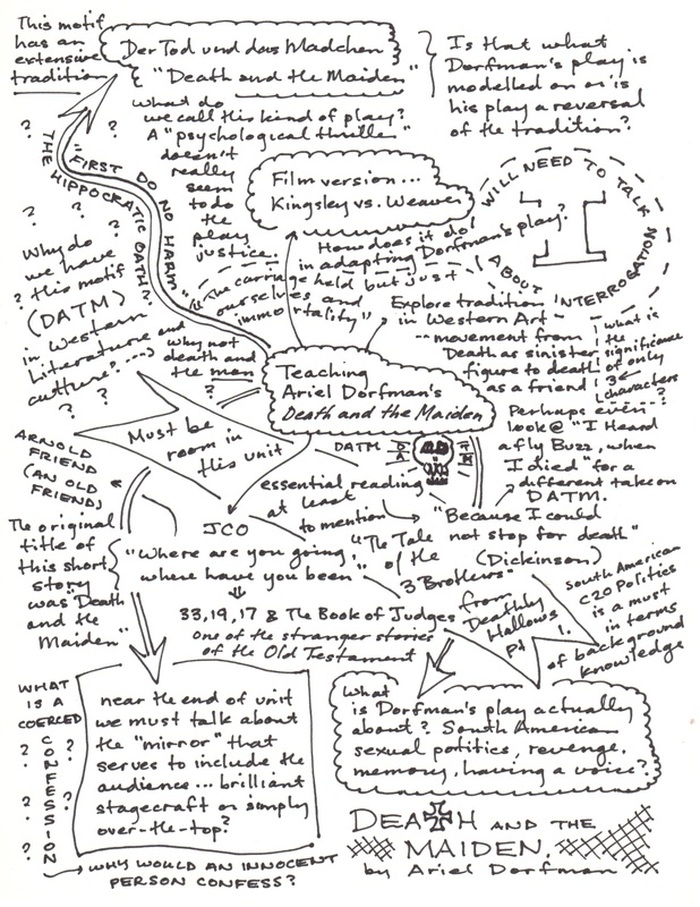
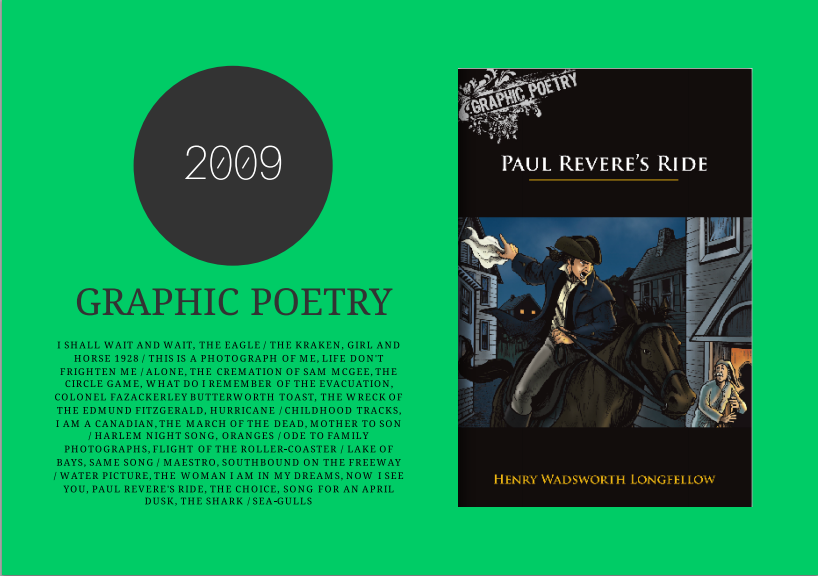

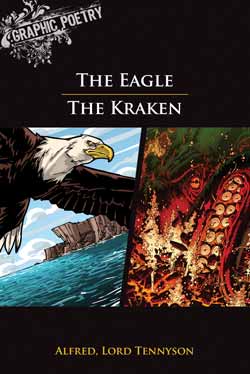
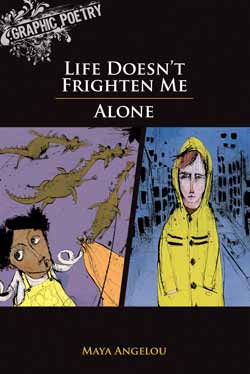
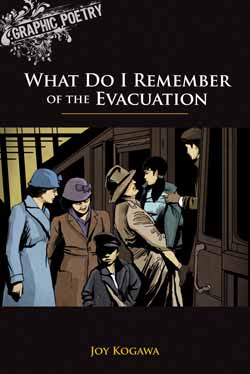
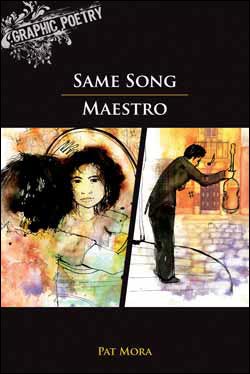
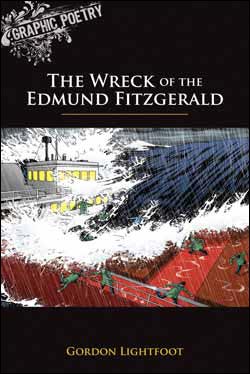
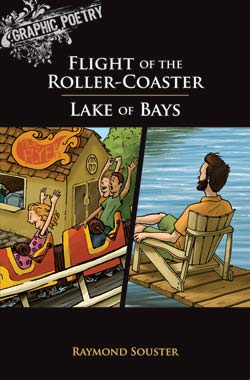
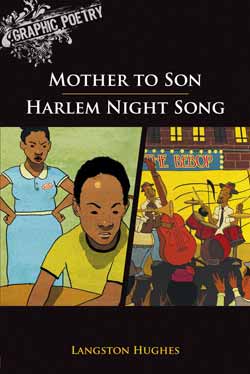

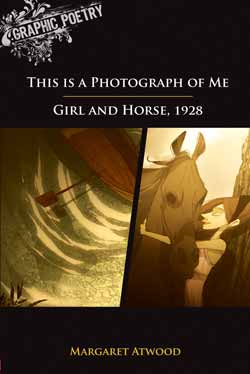
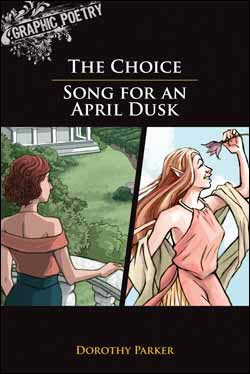
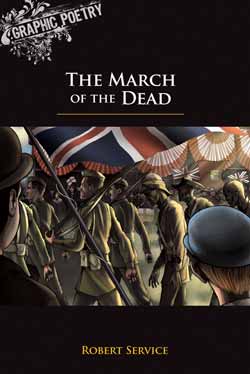
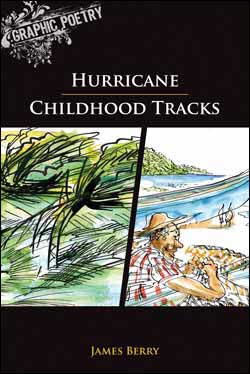
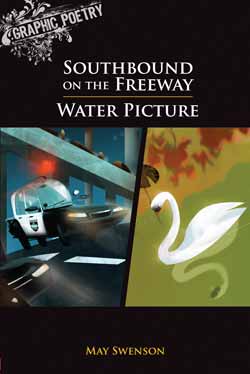
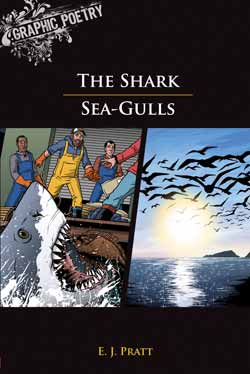
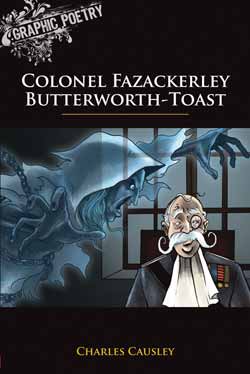
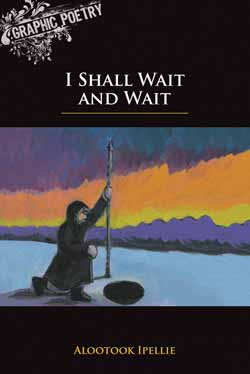
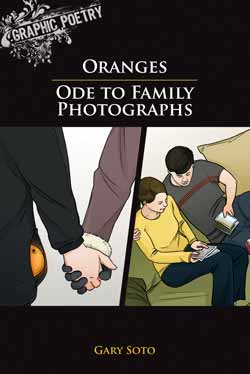
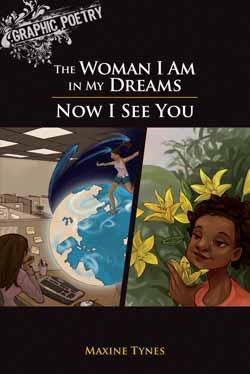
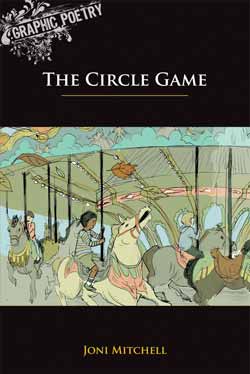

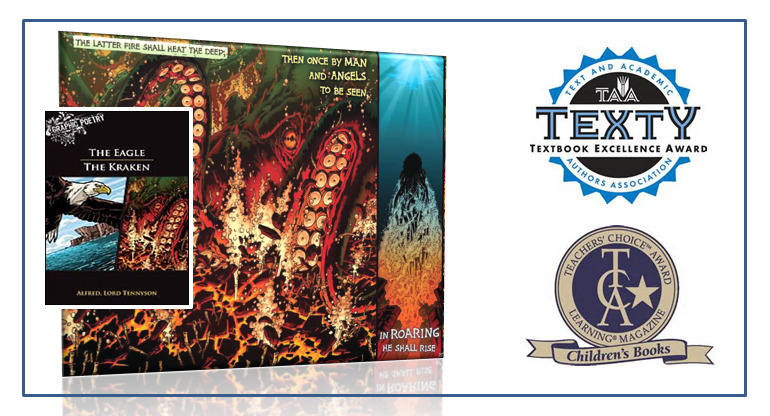
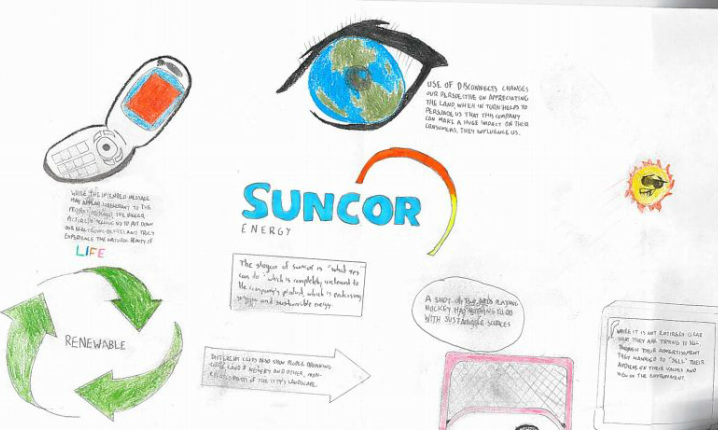
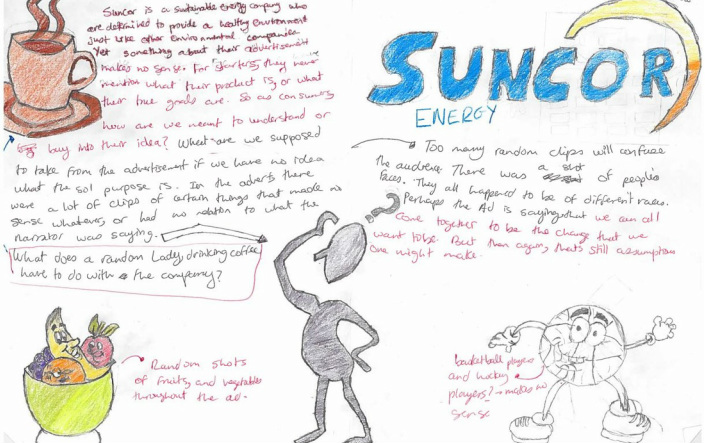
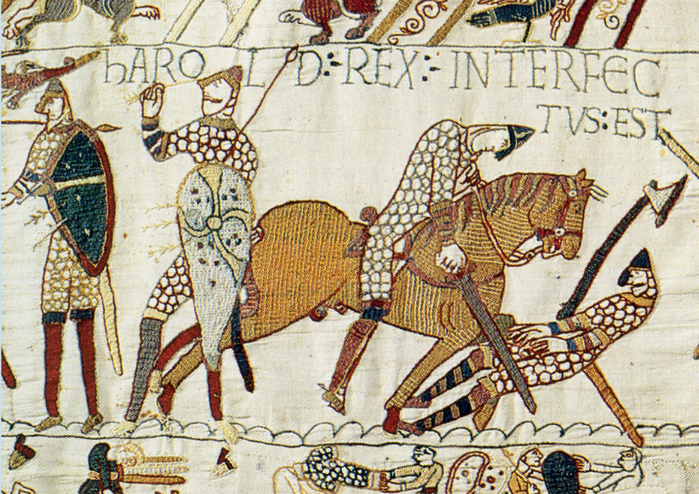
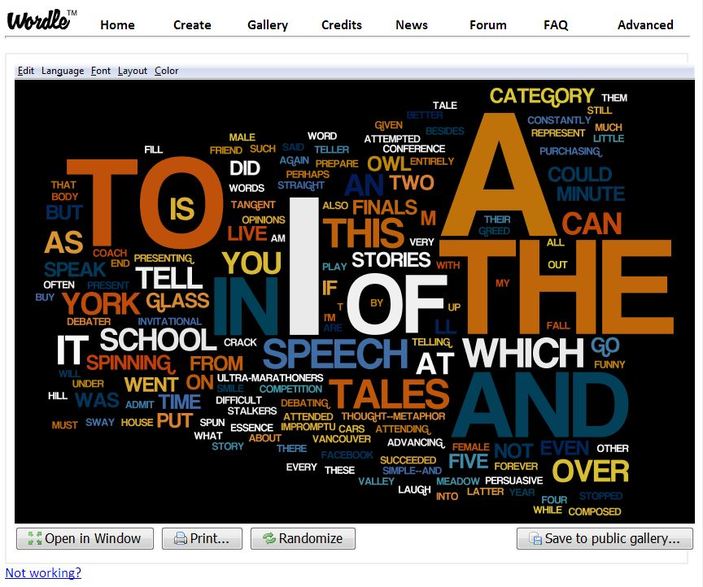
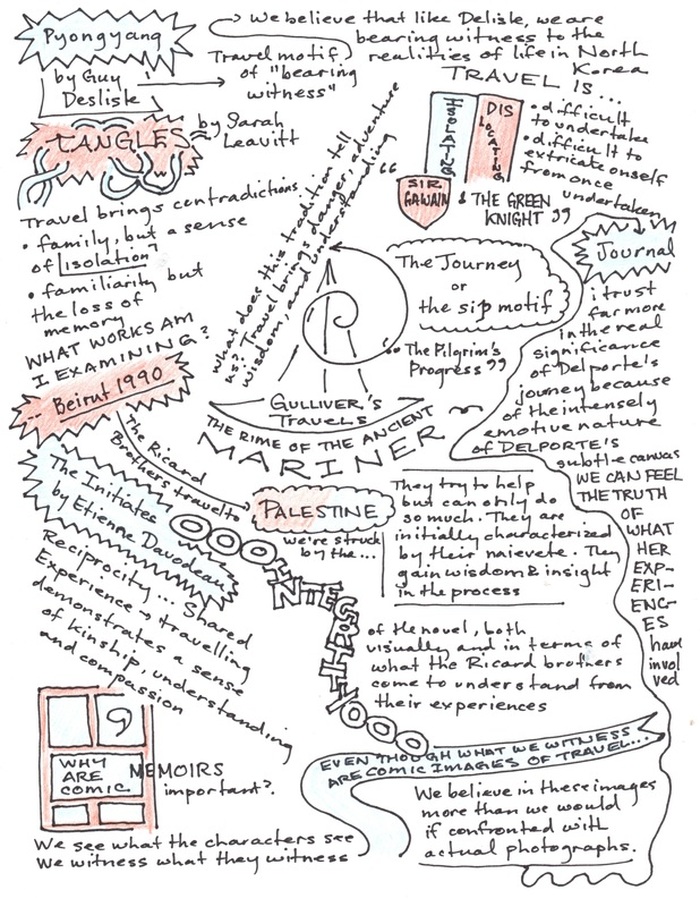
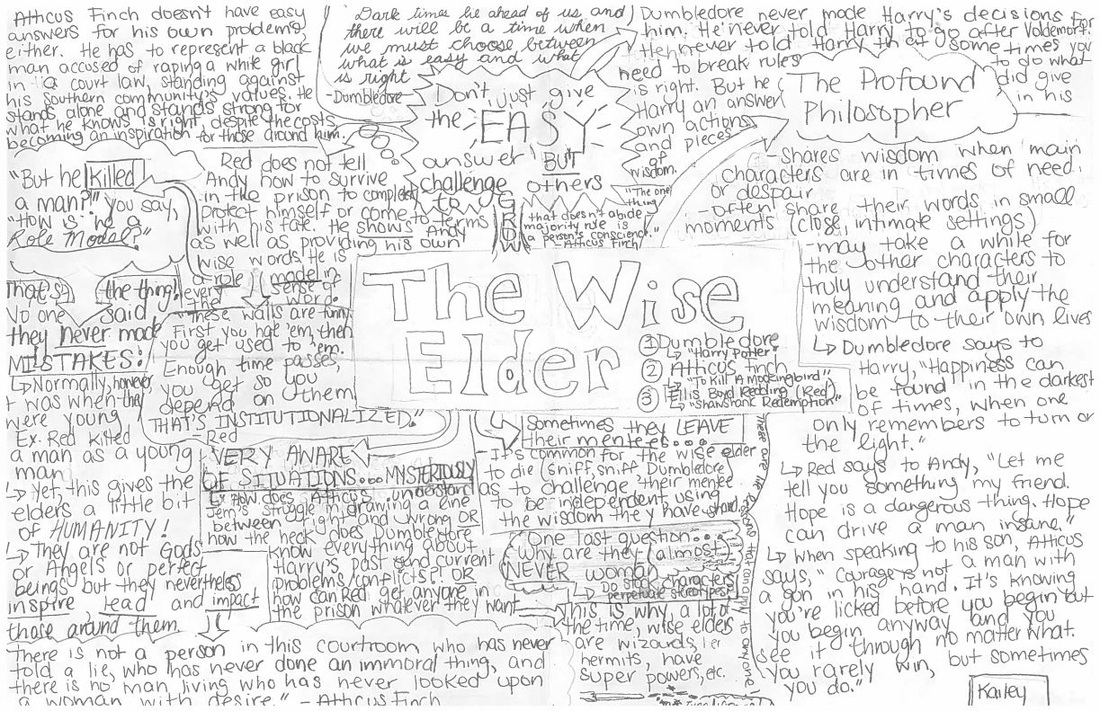
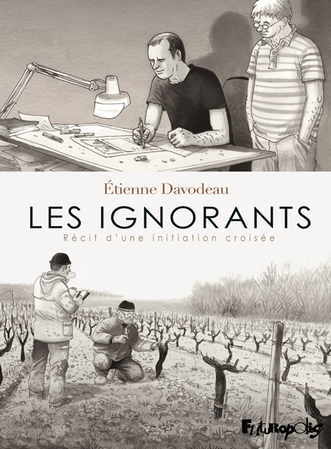
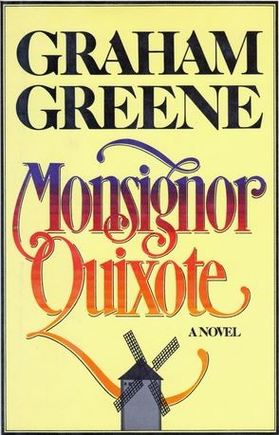


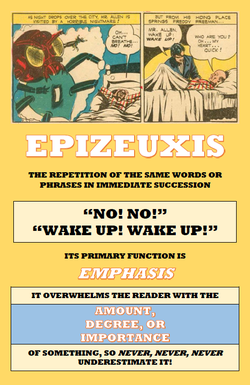
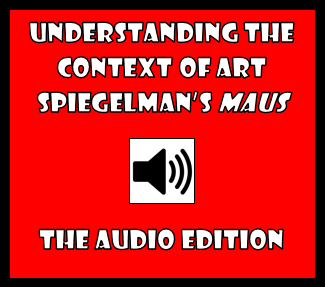
 RSS Feed
RSS Feed
